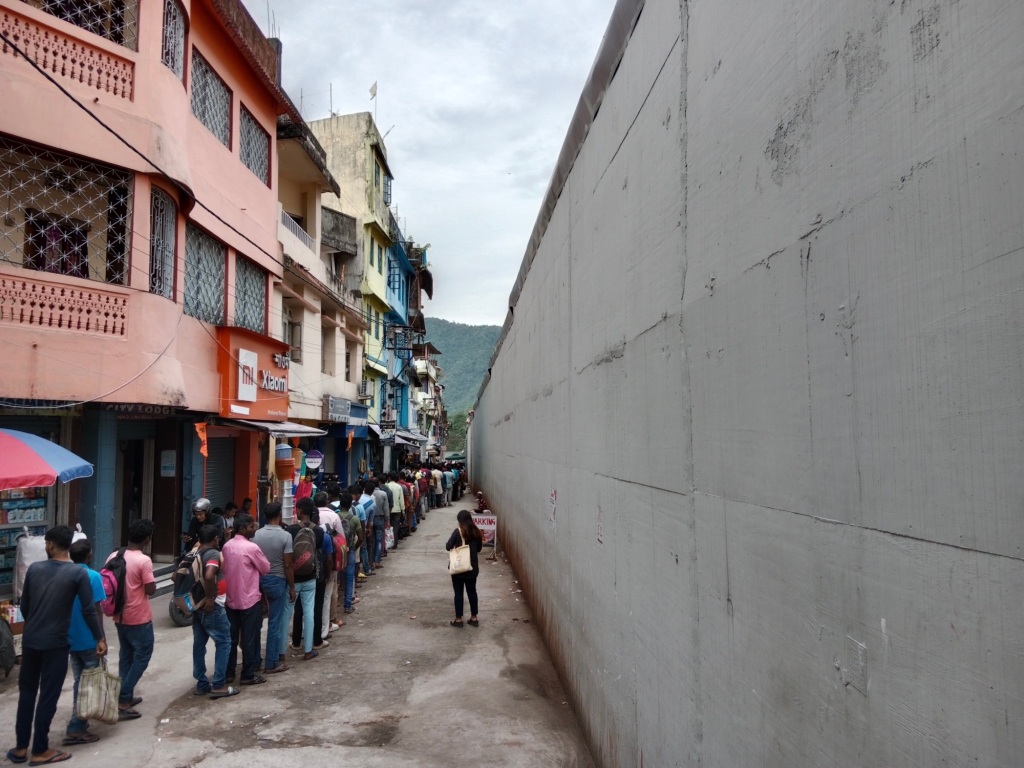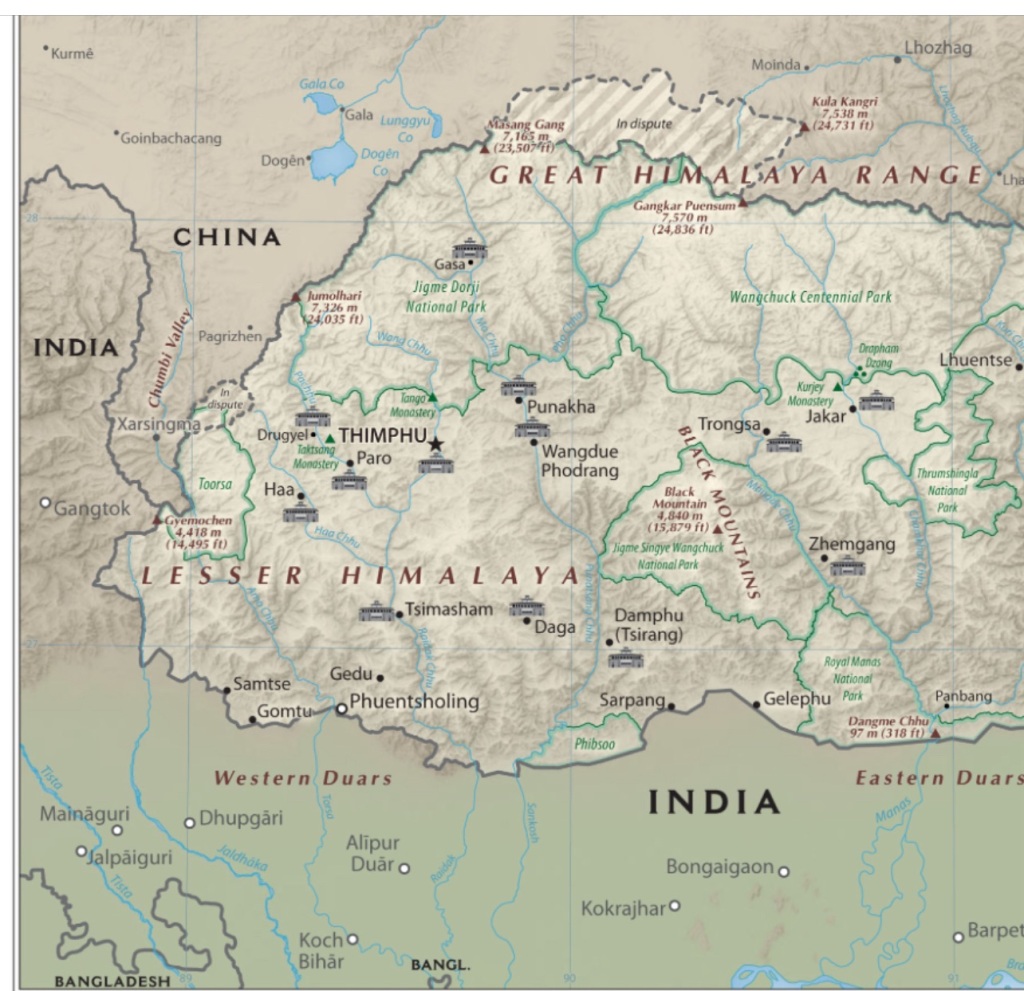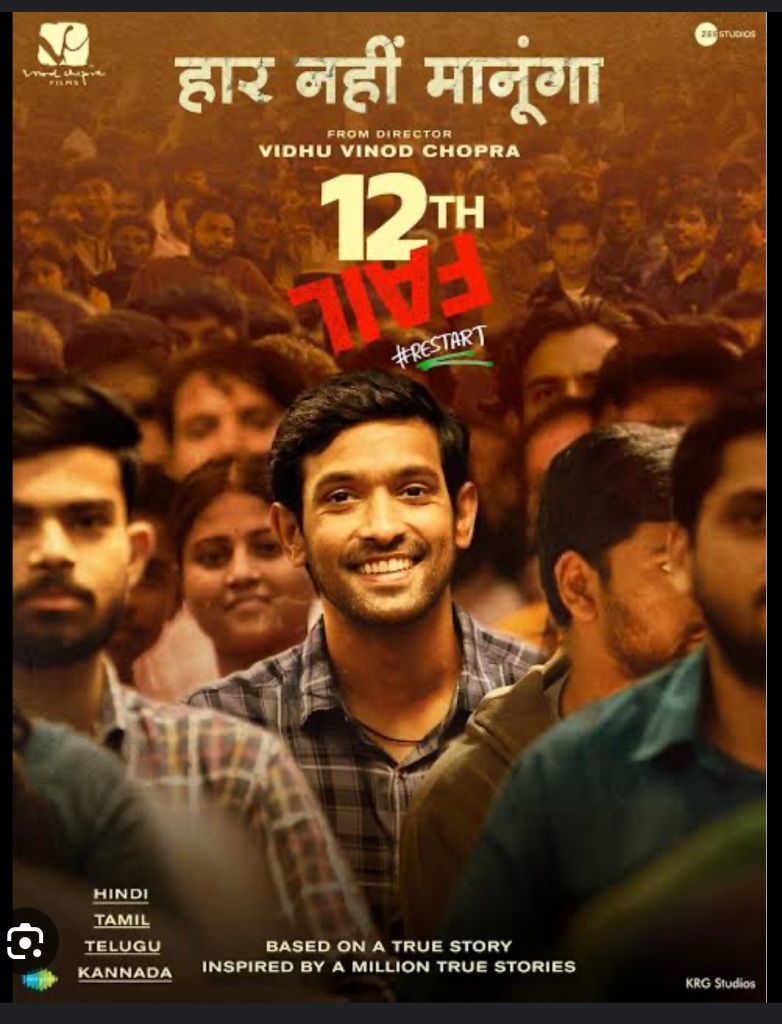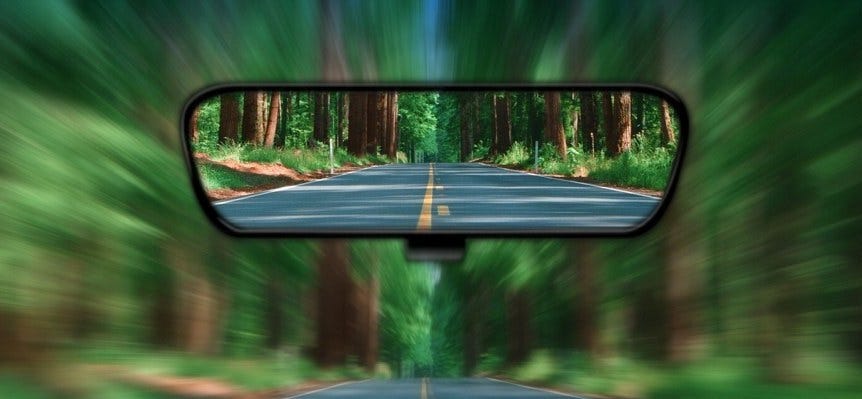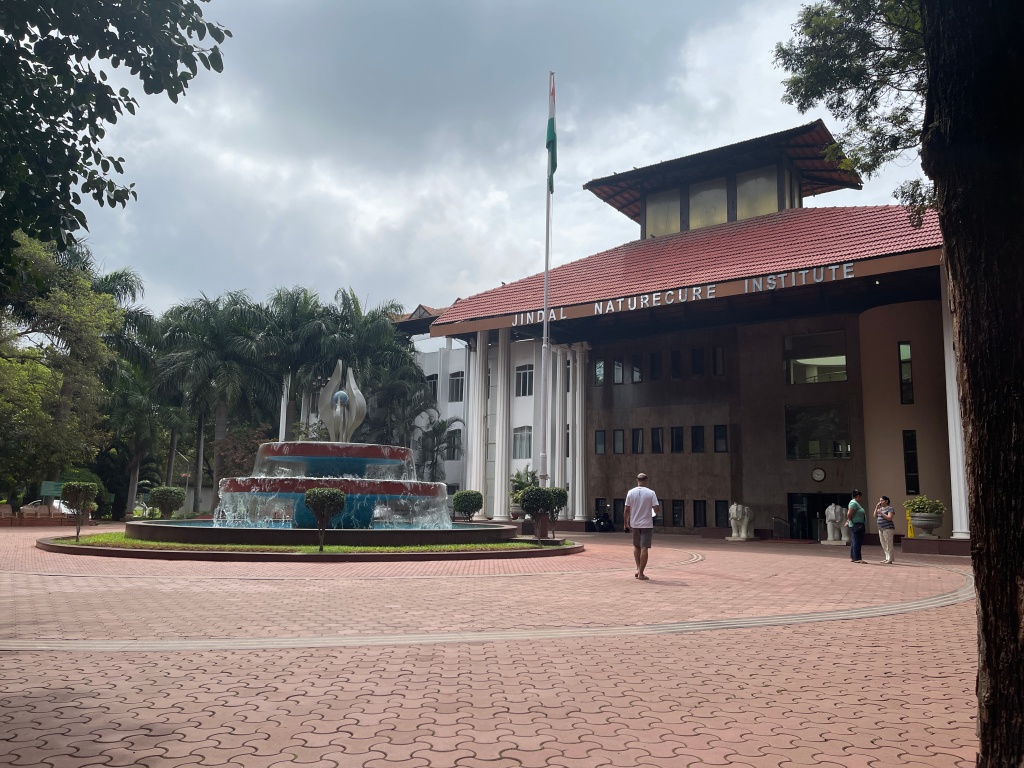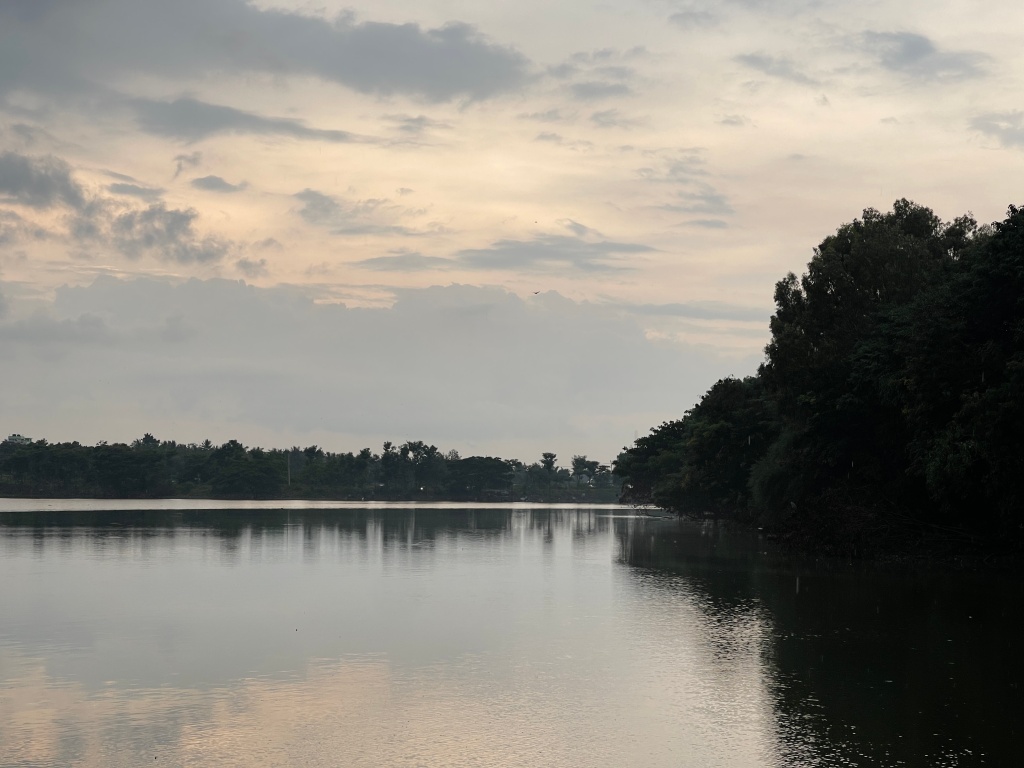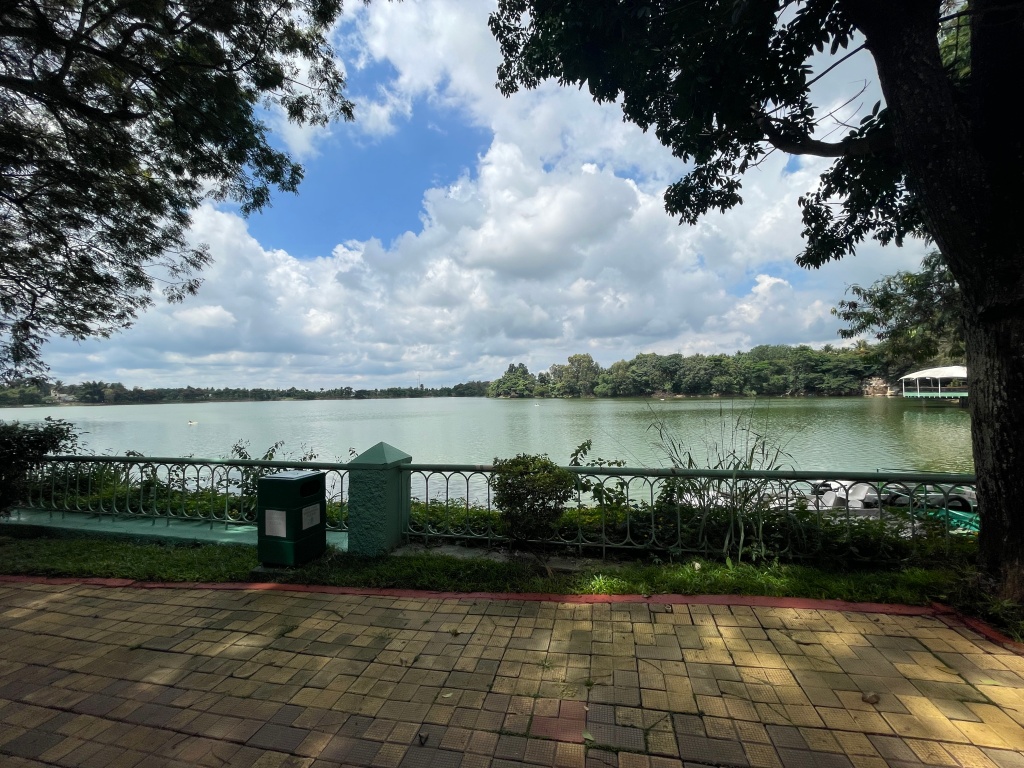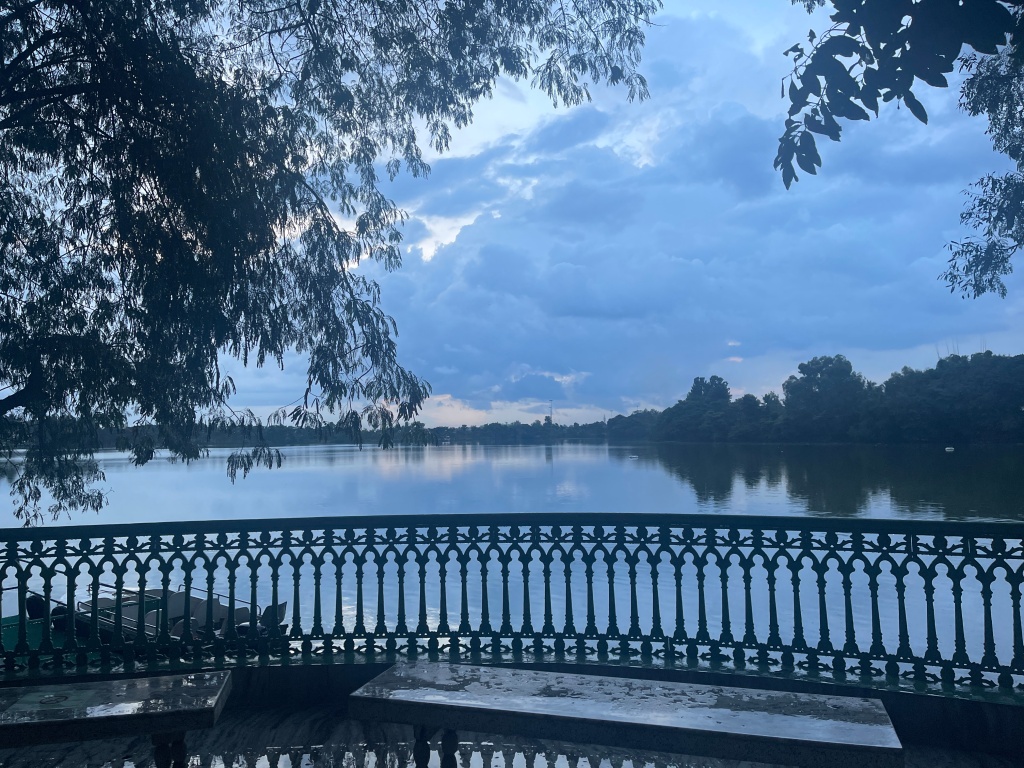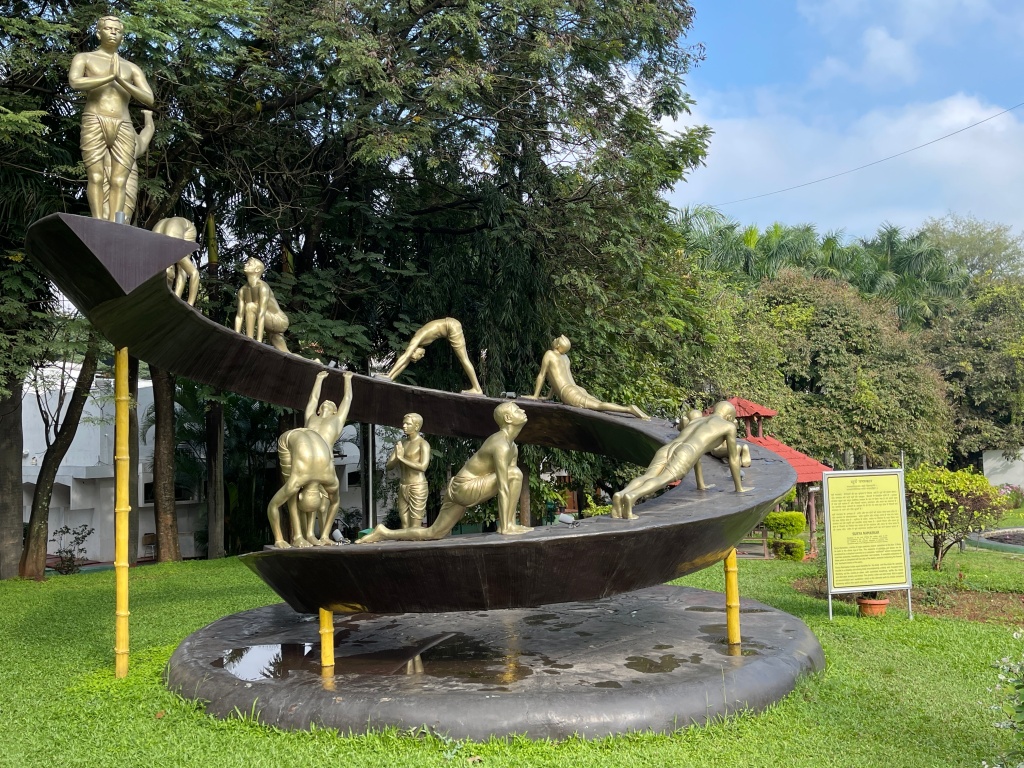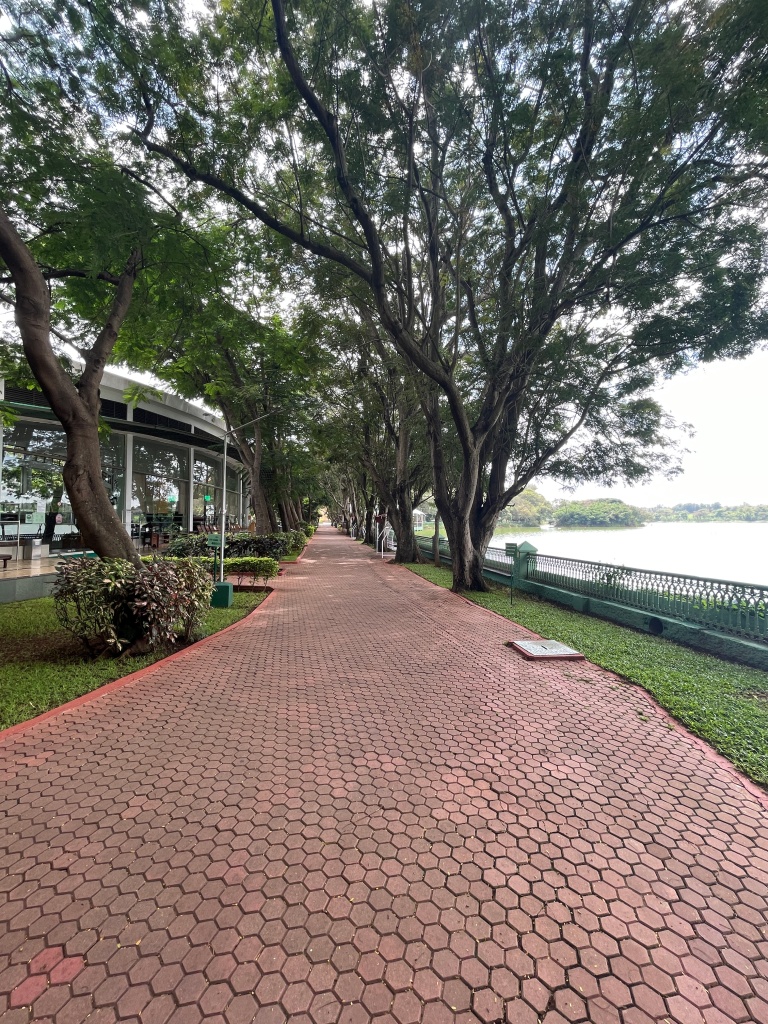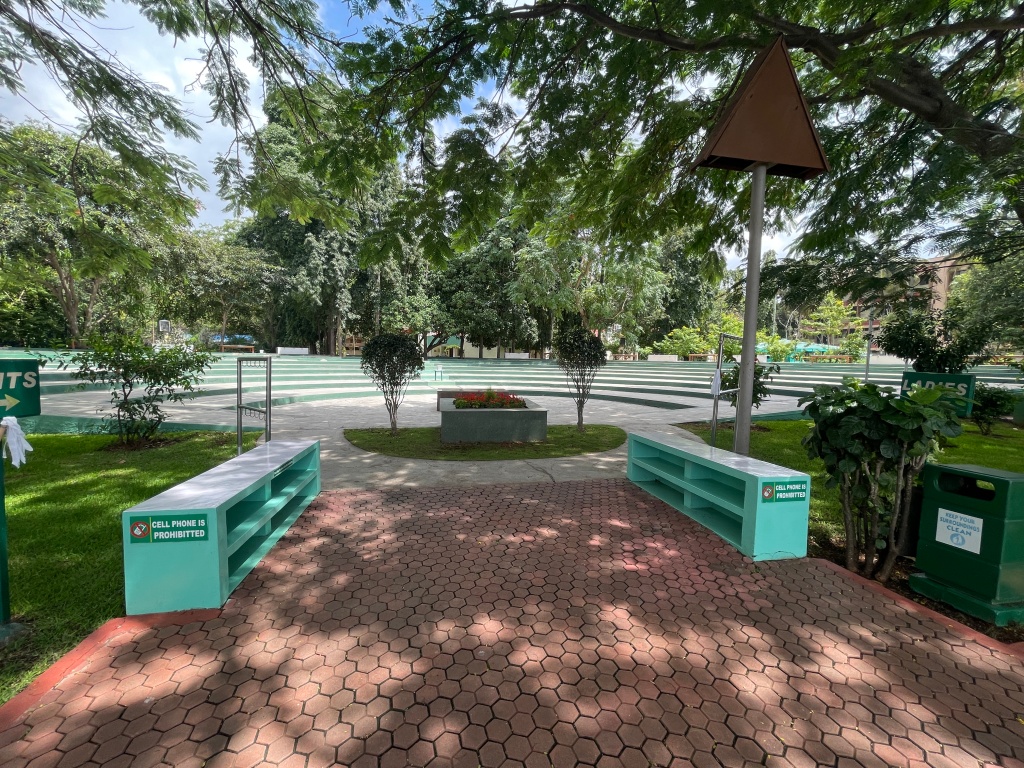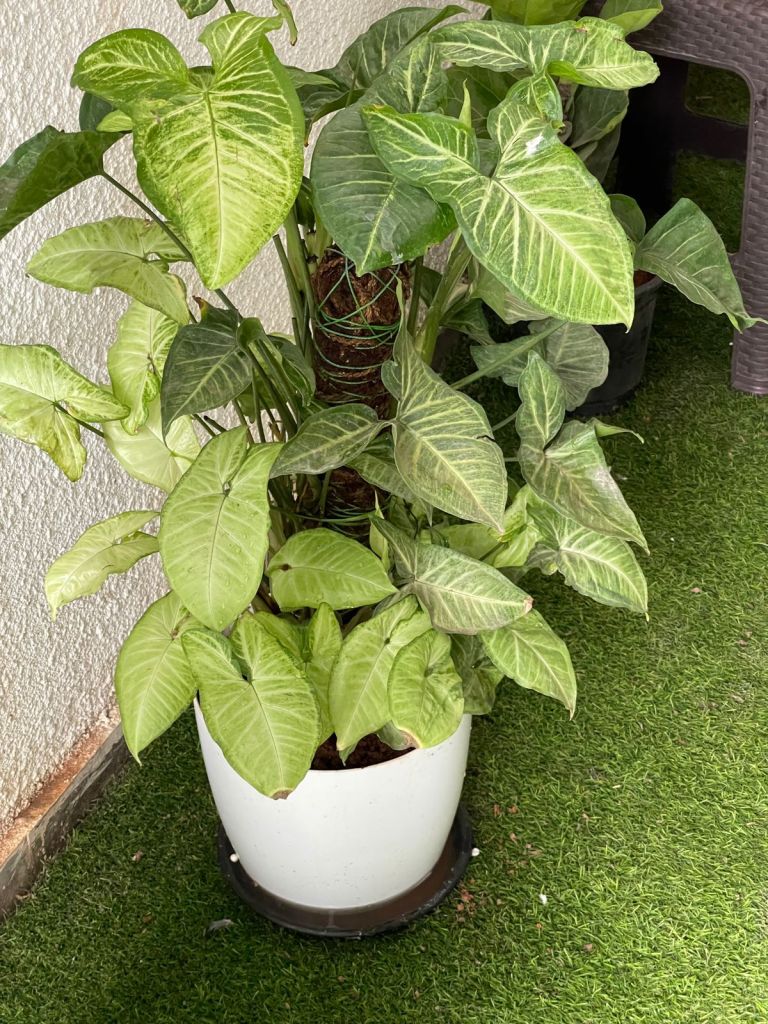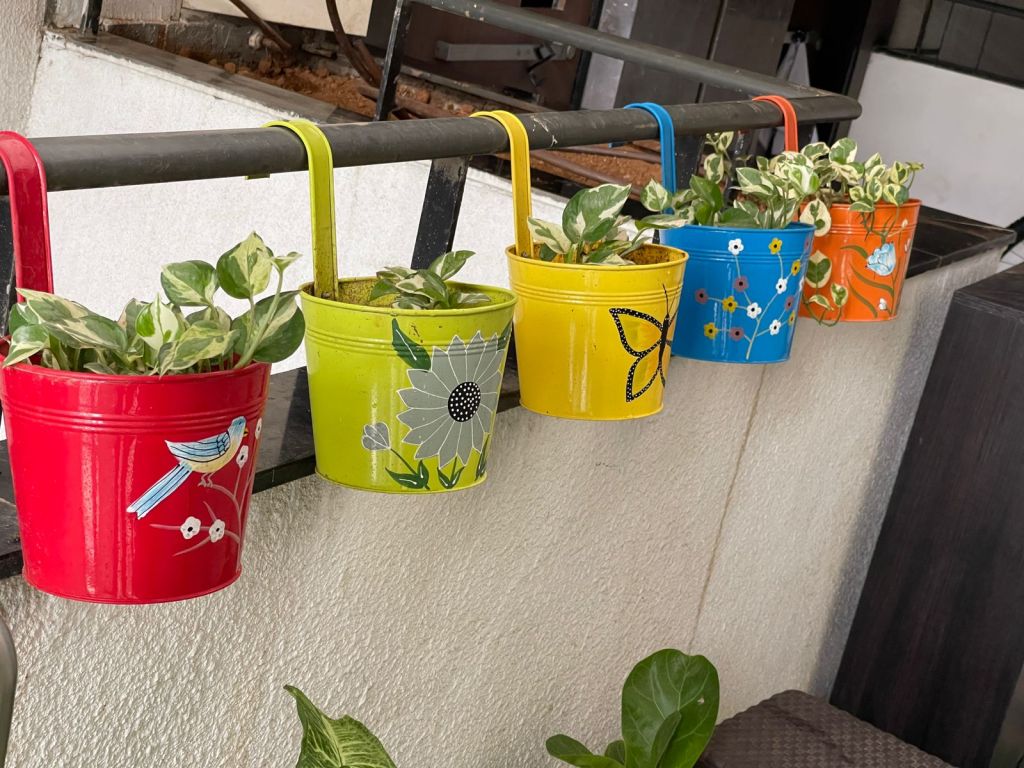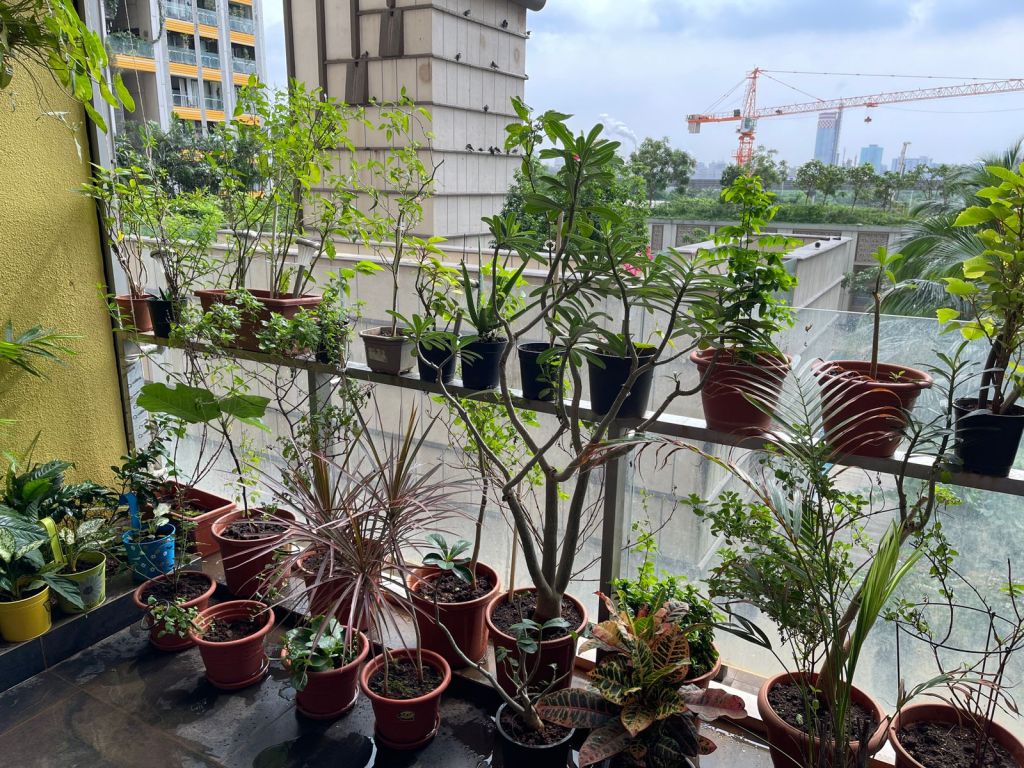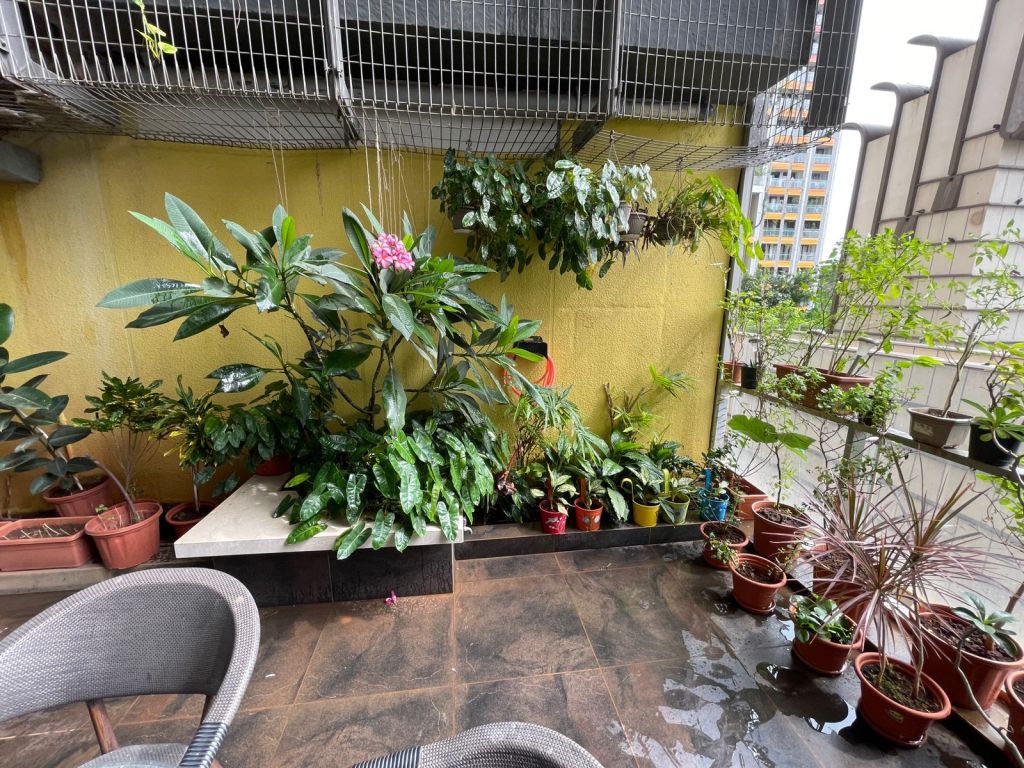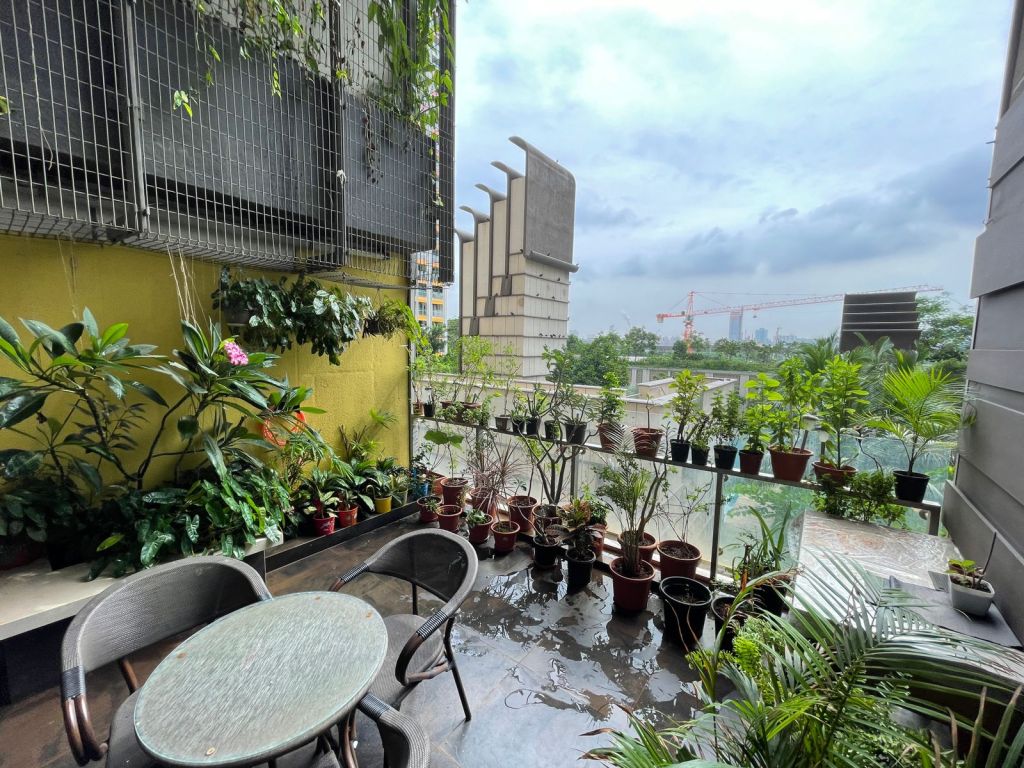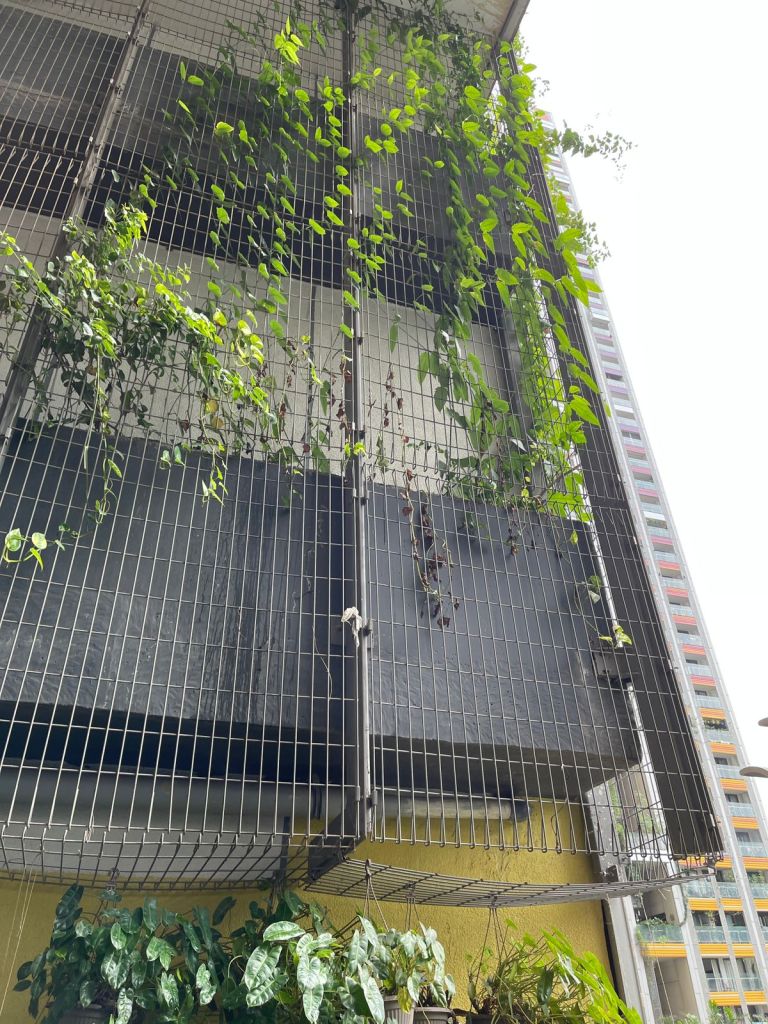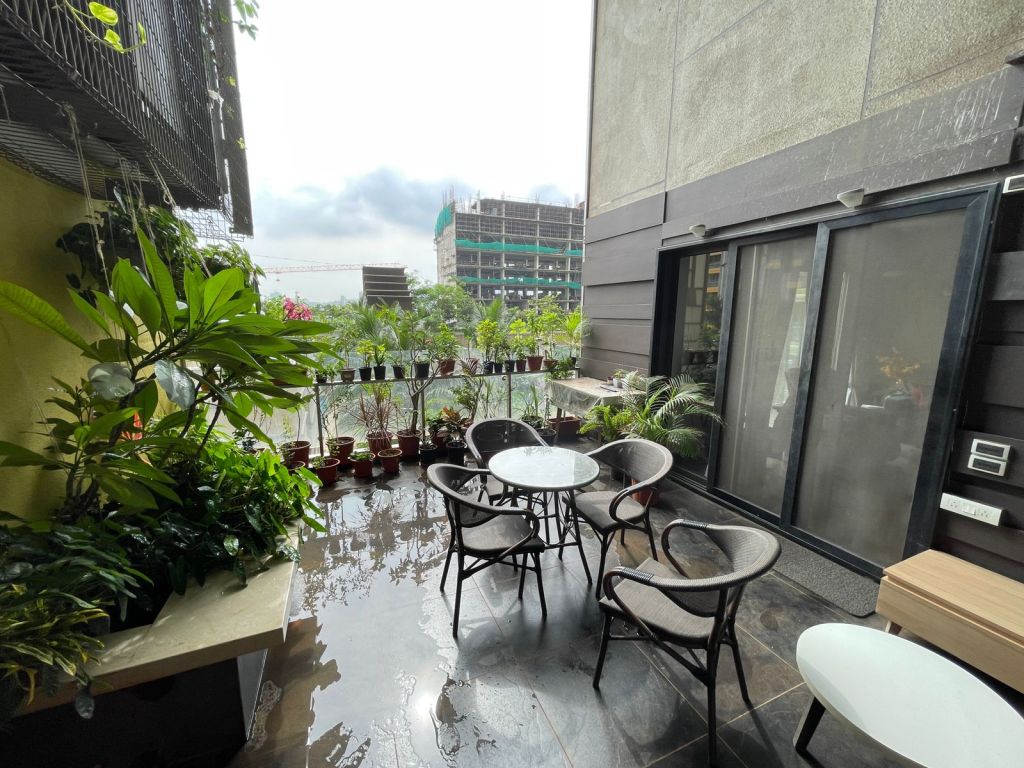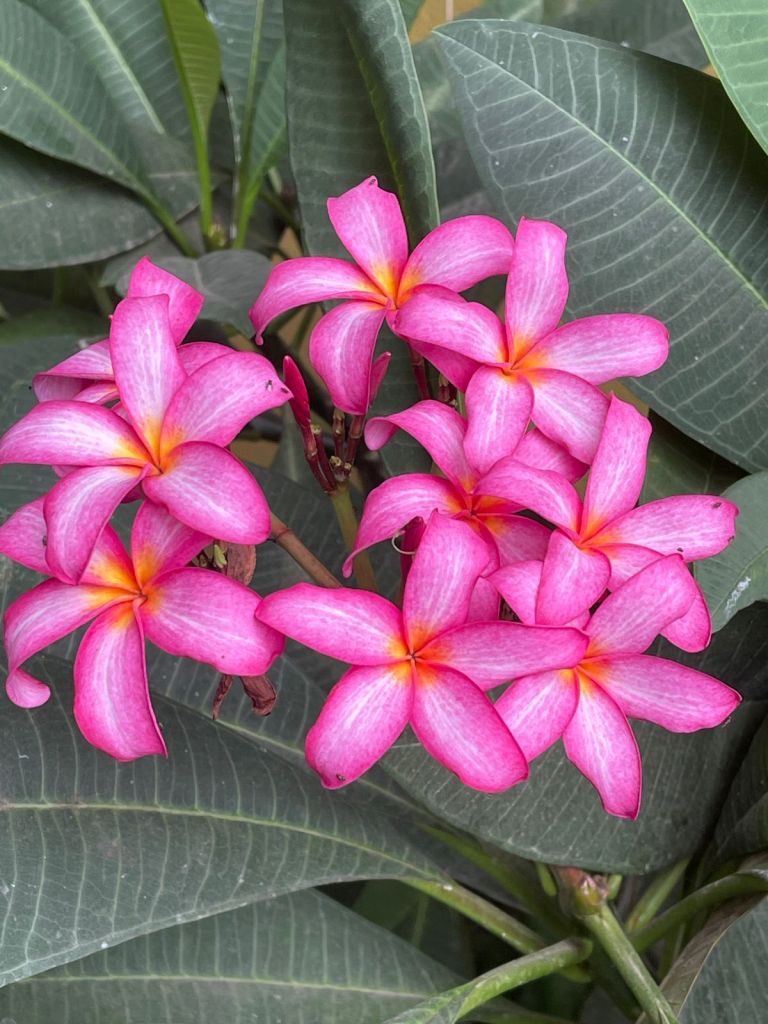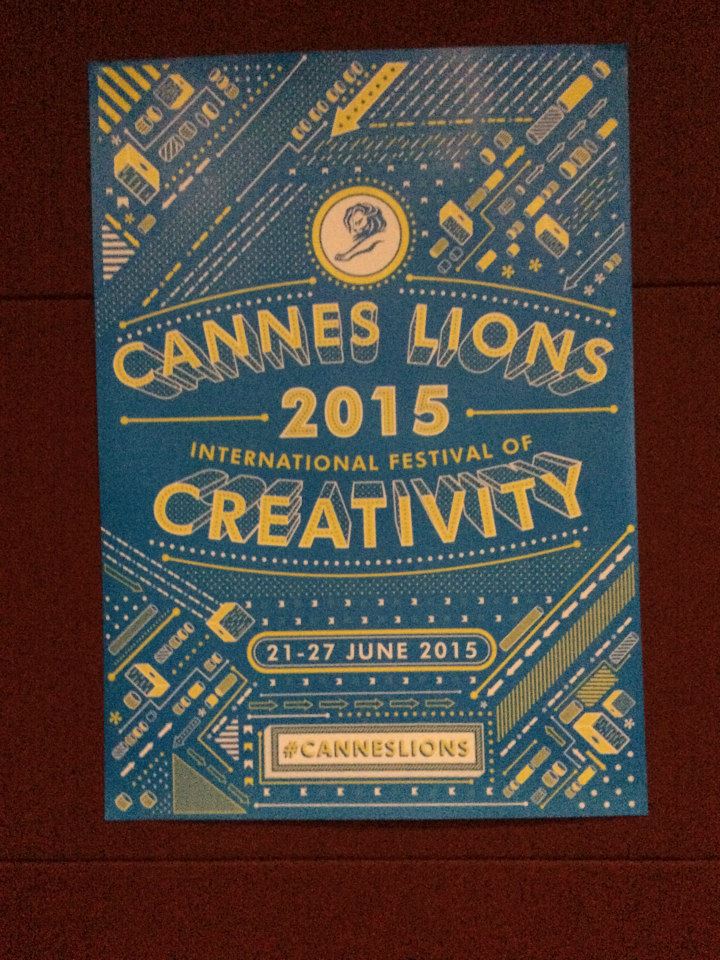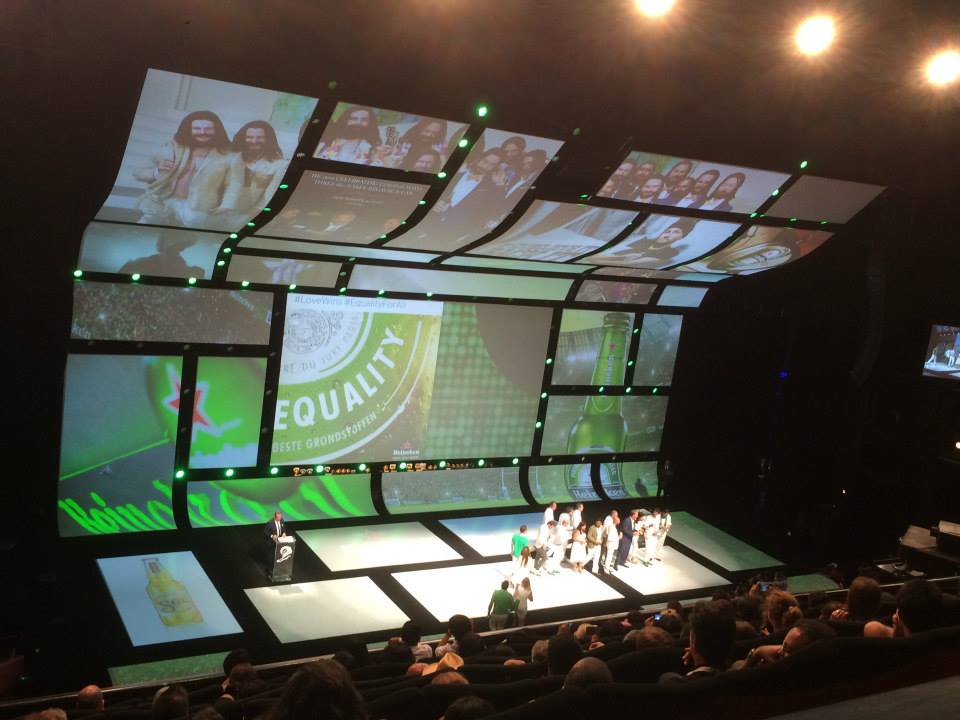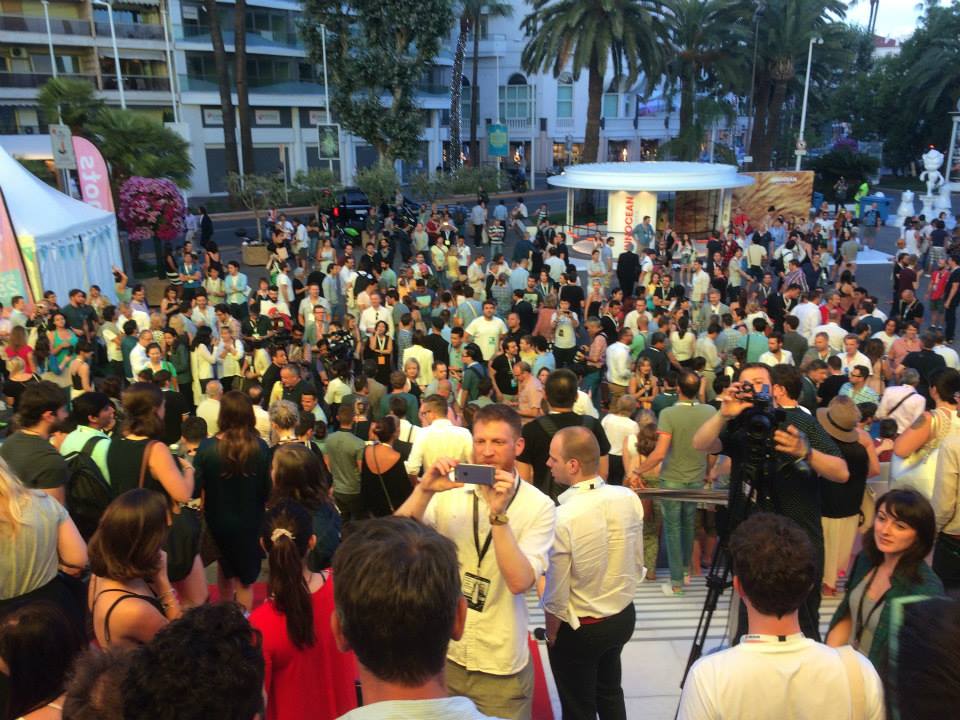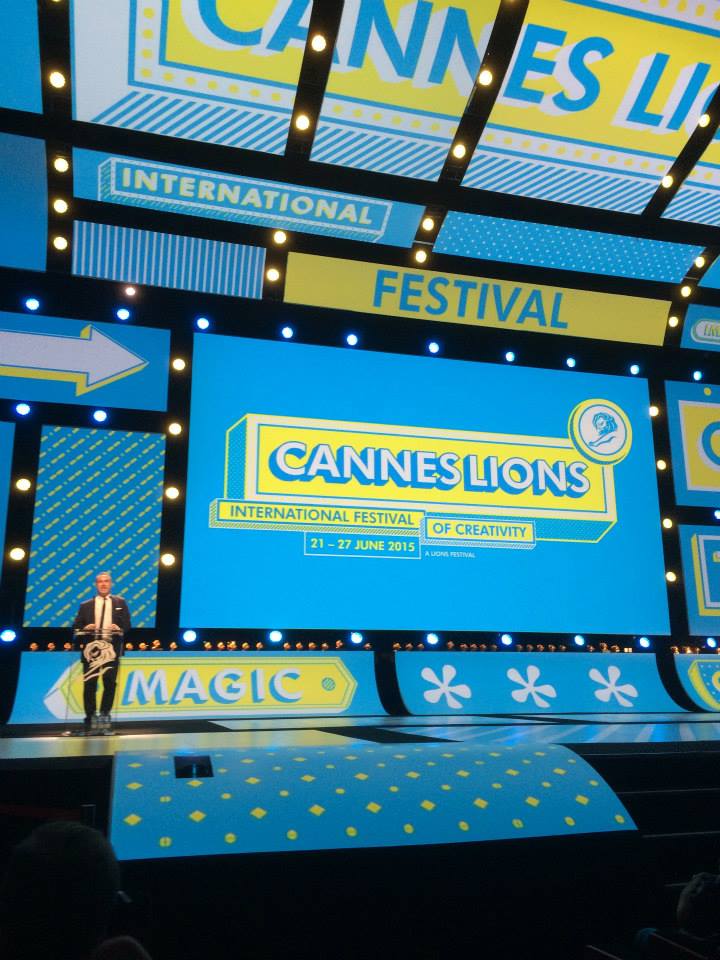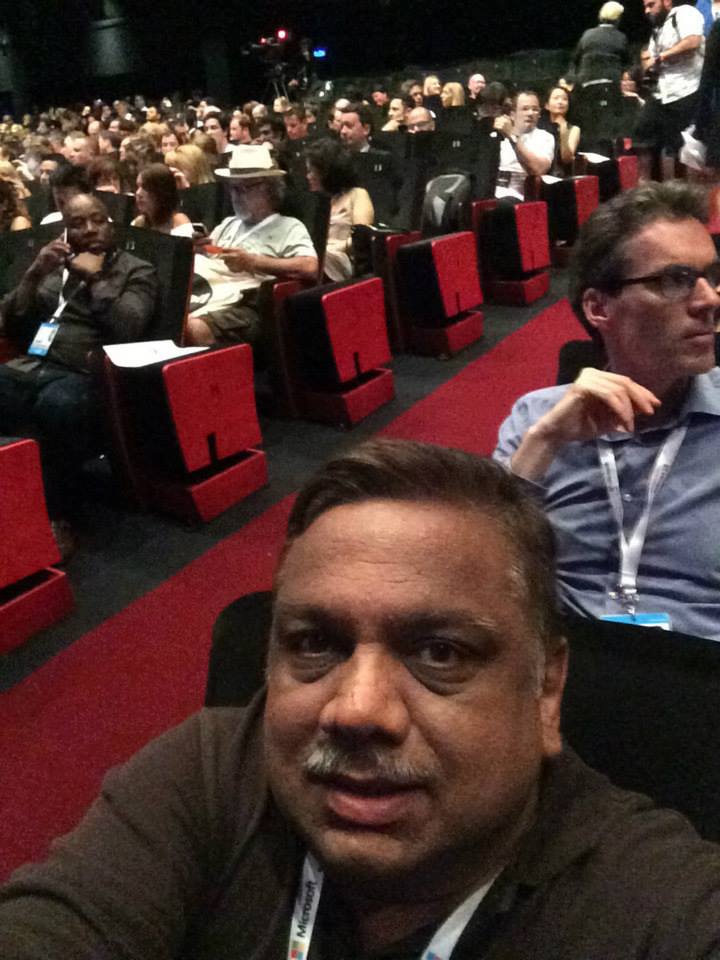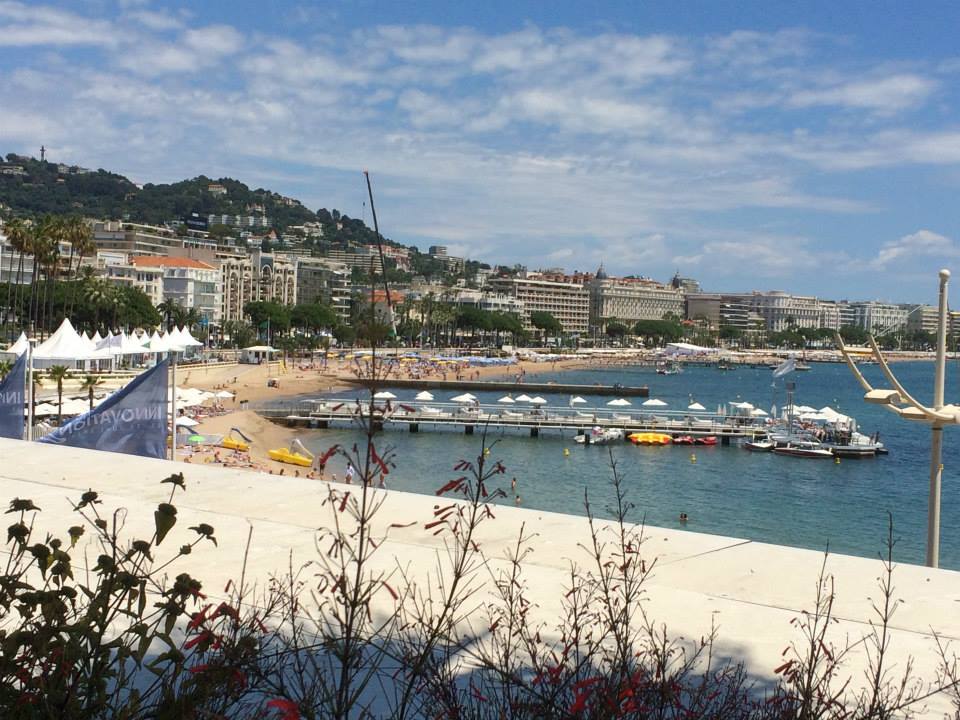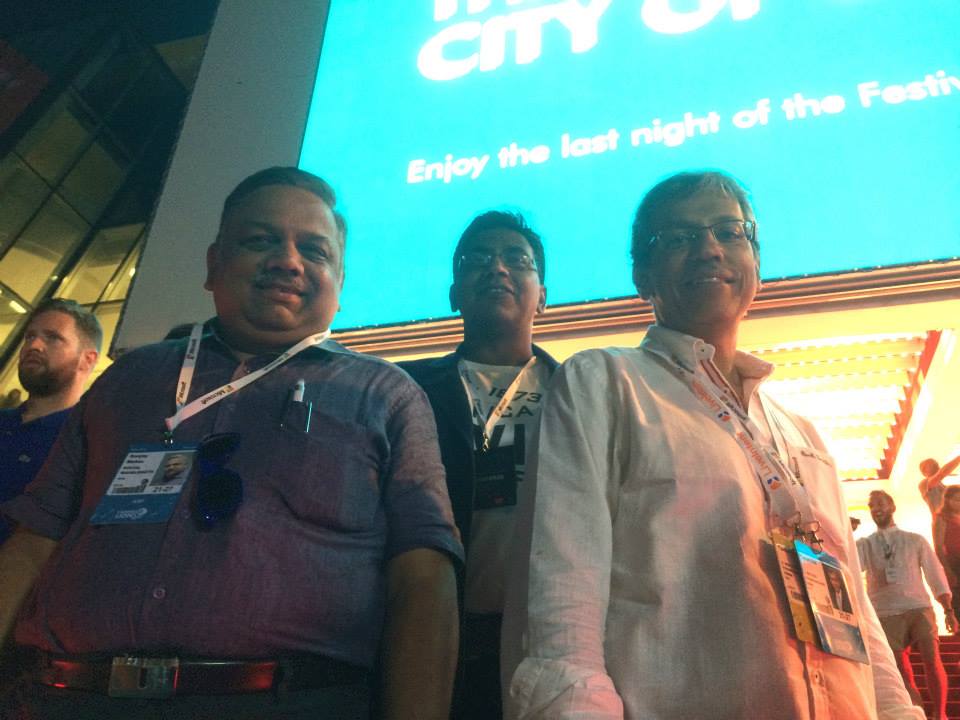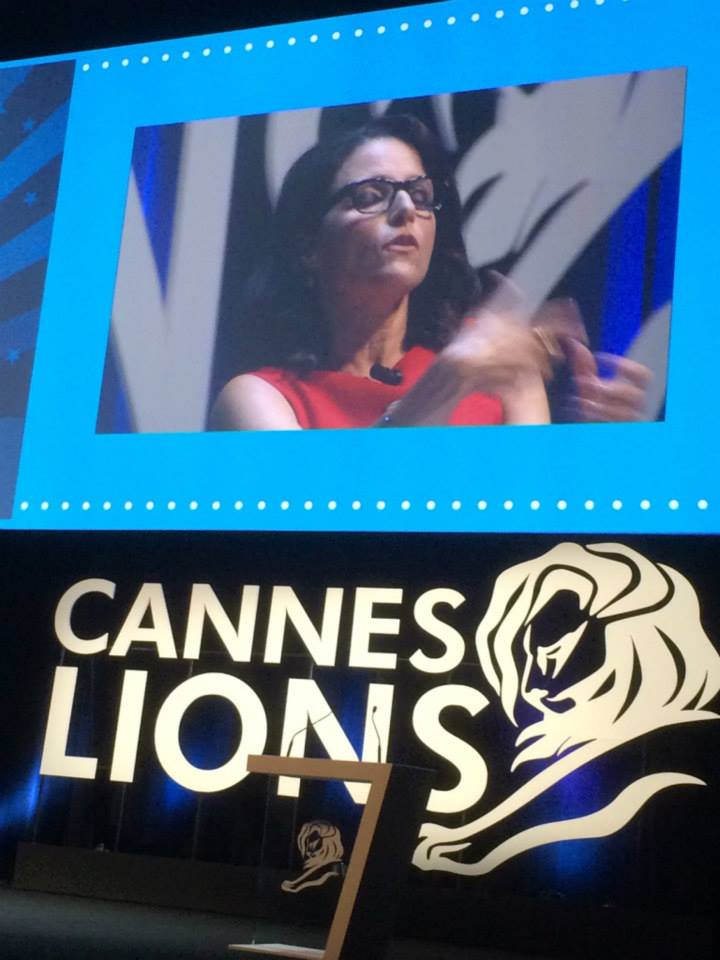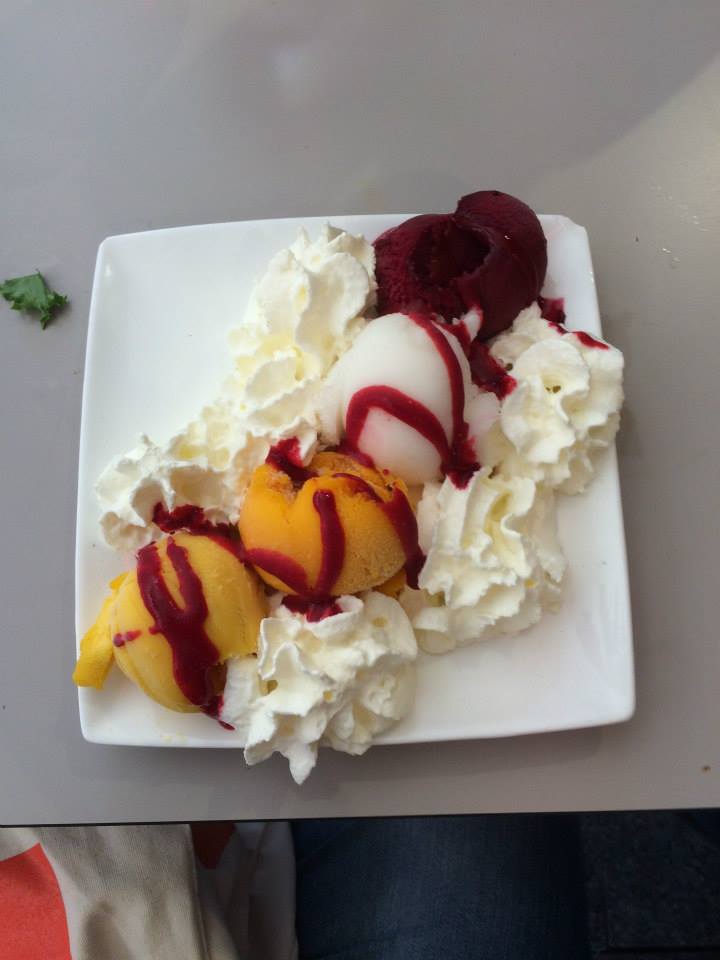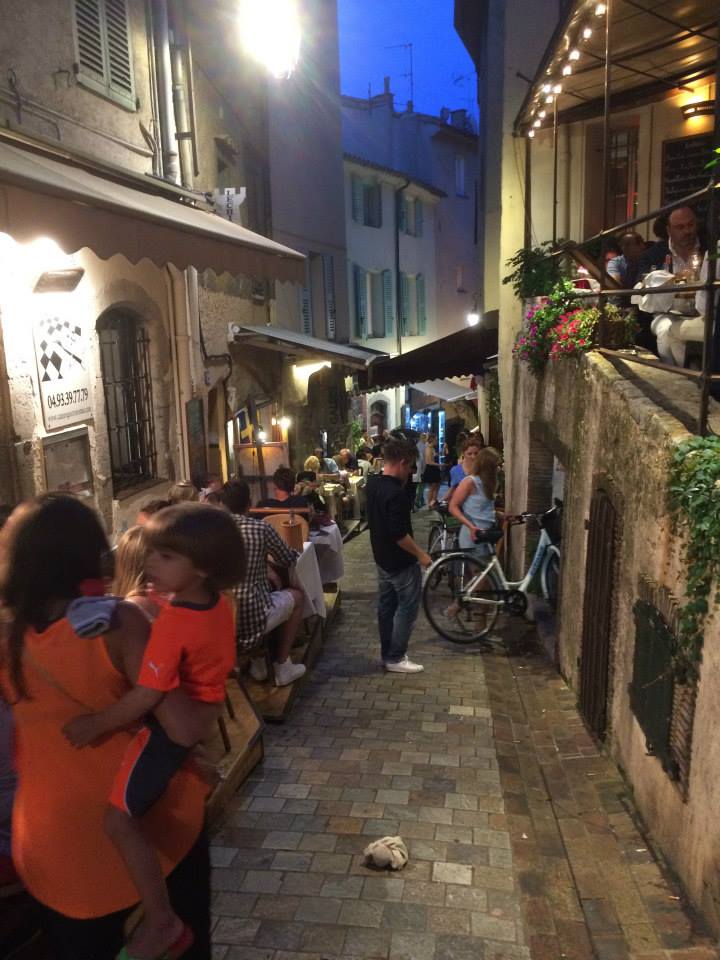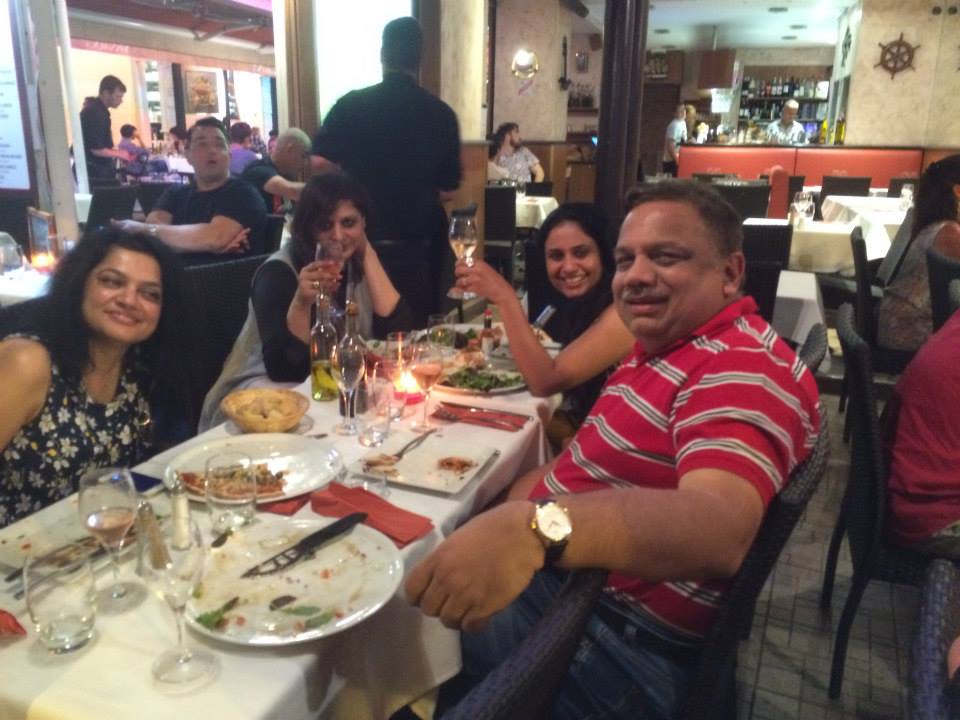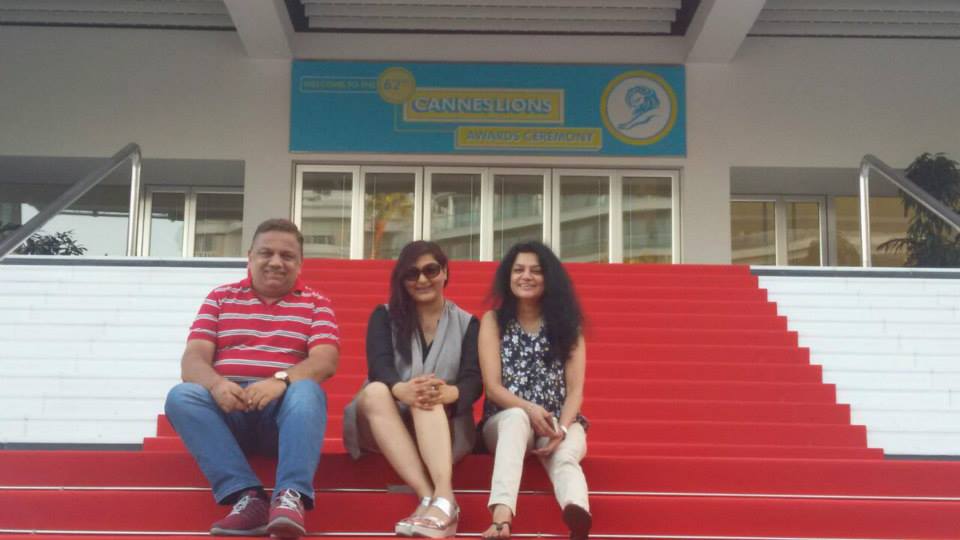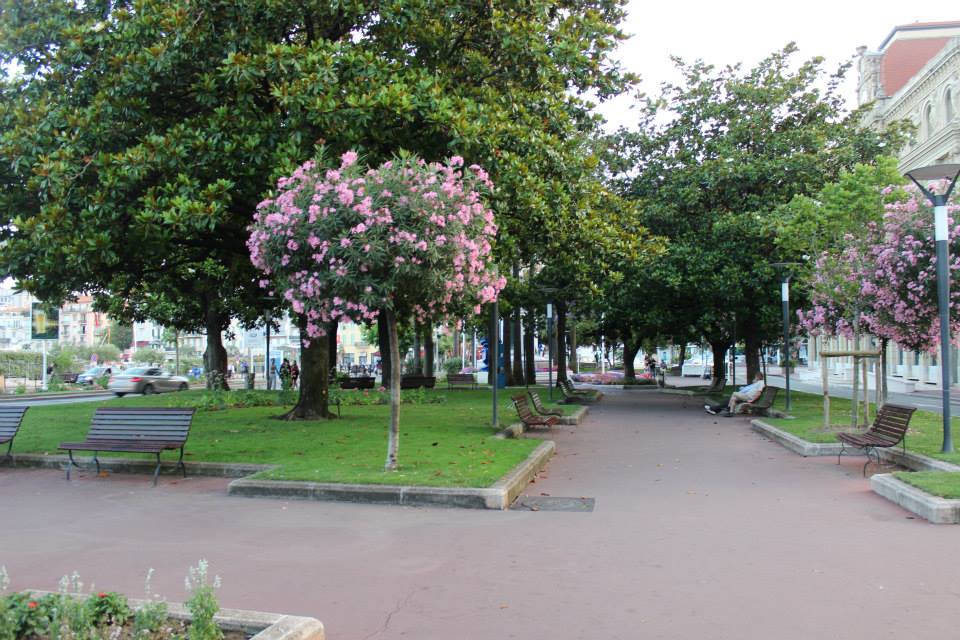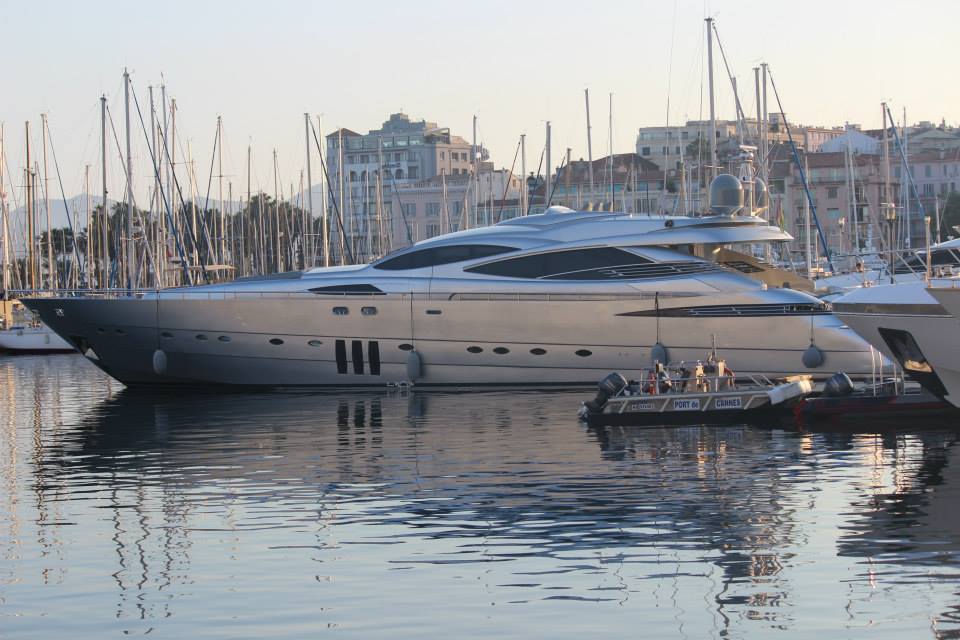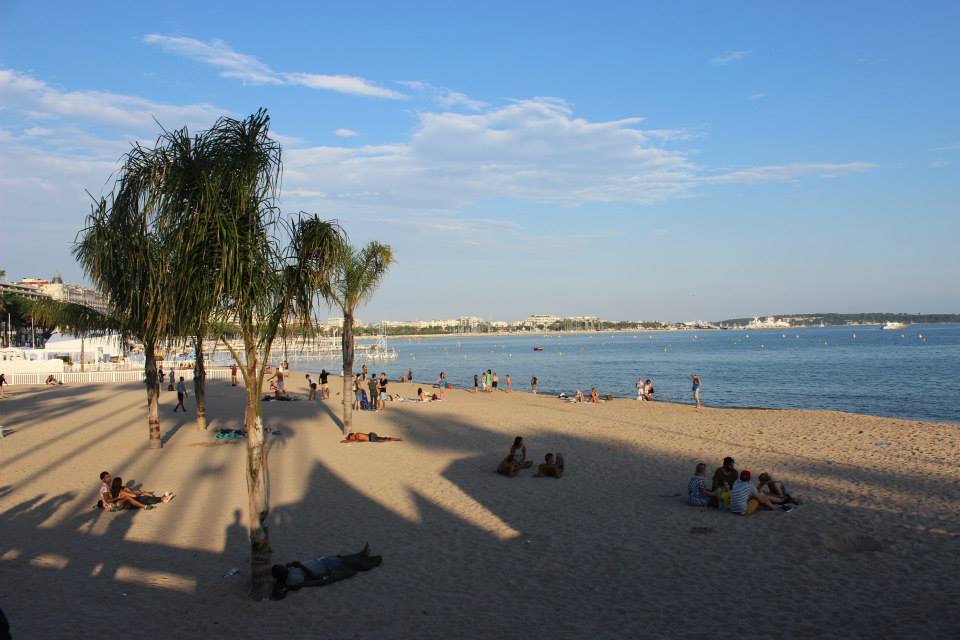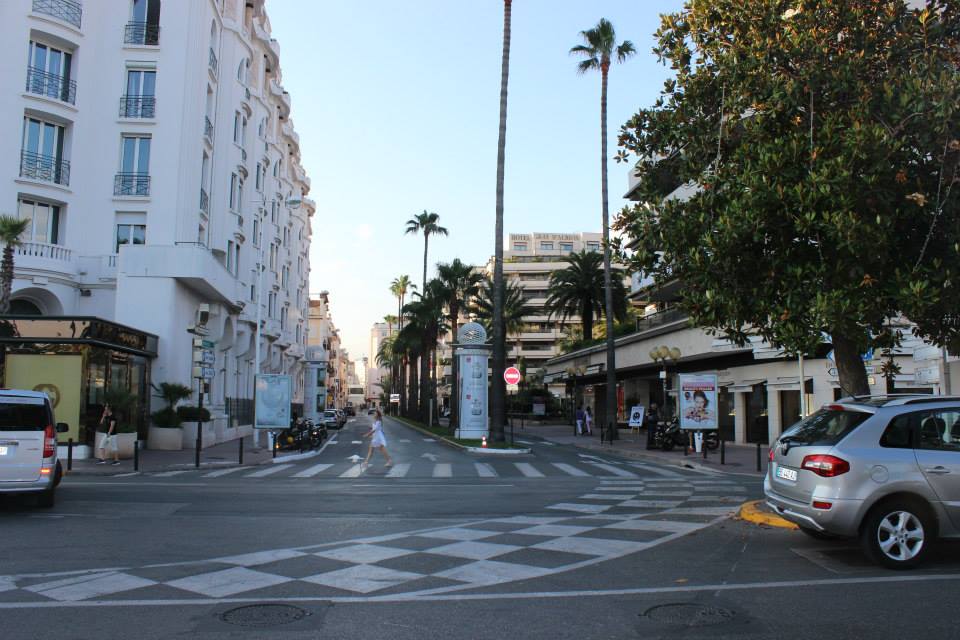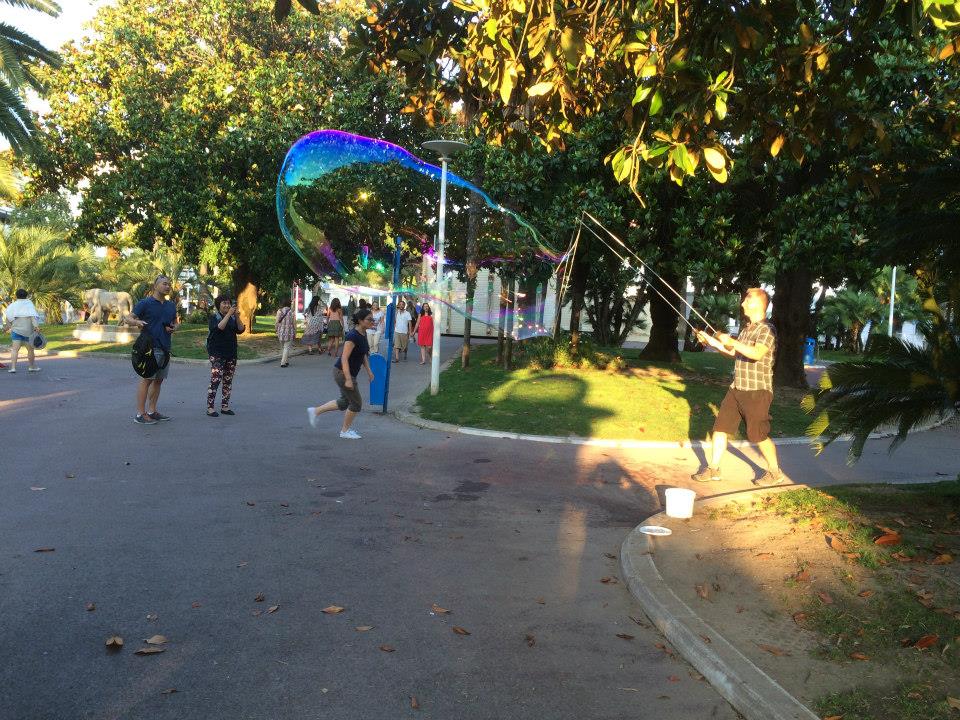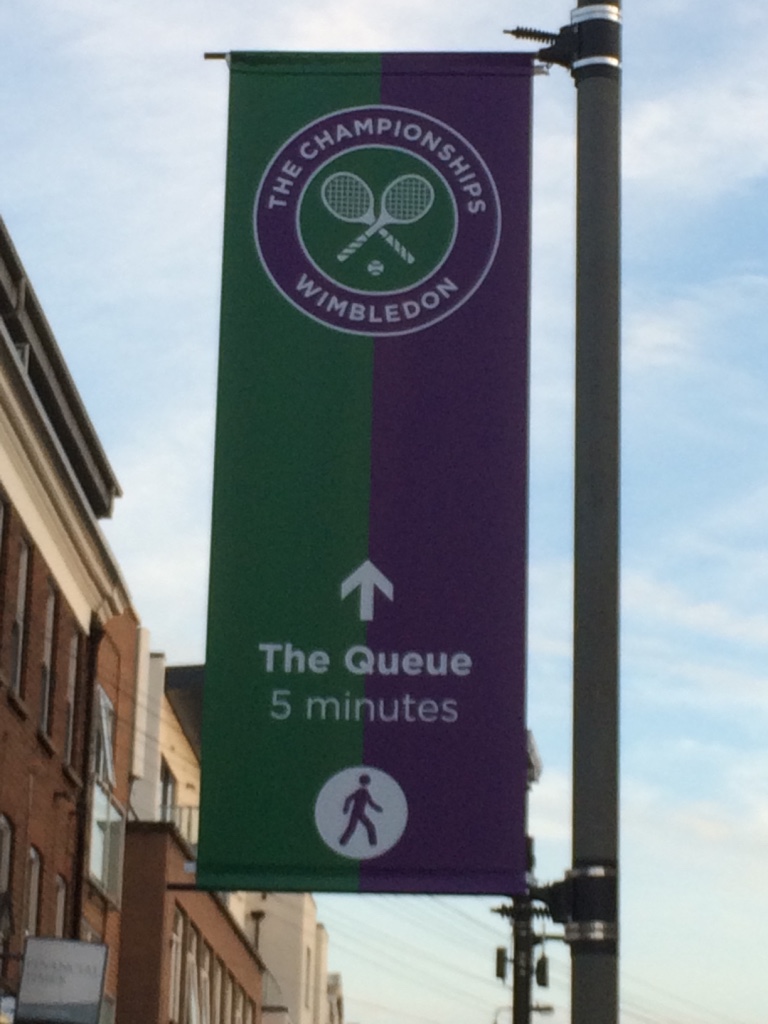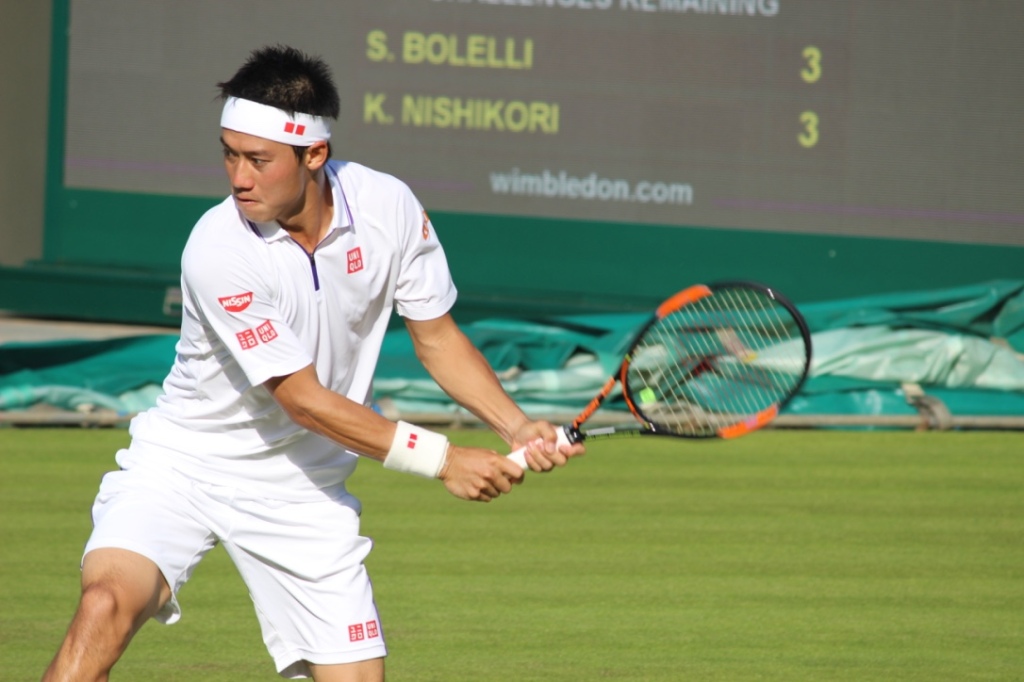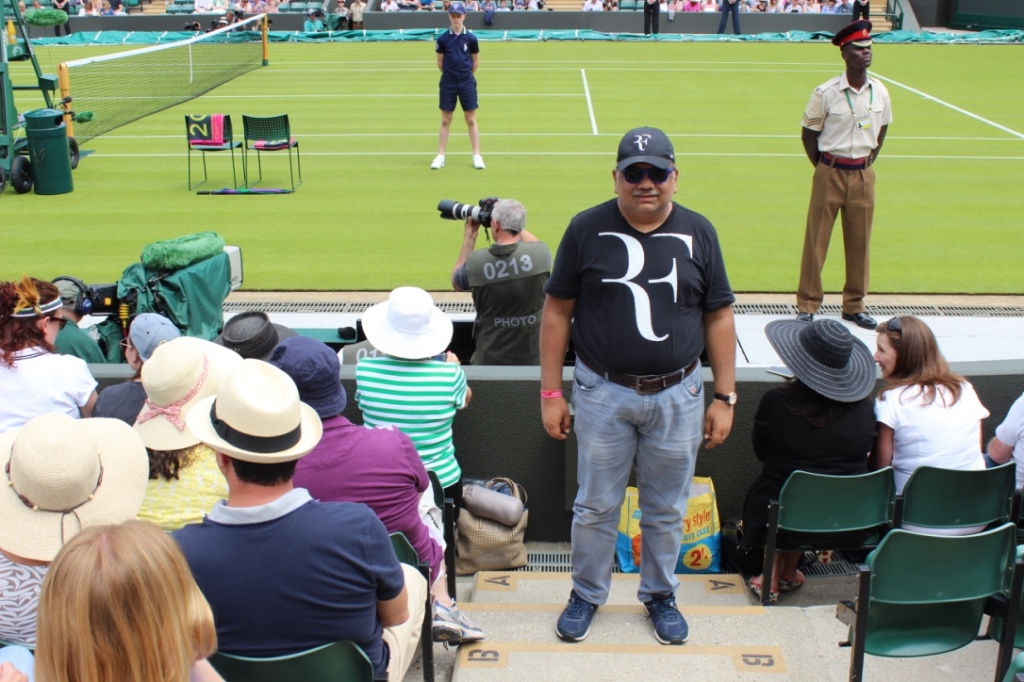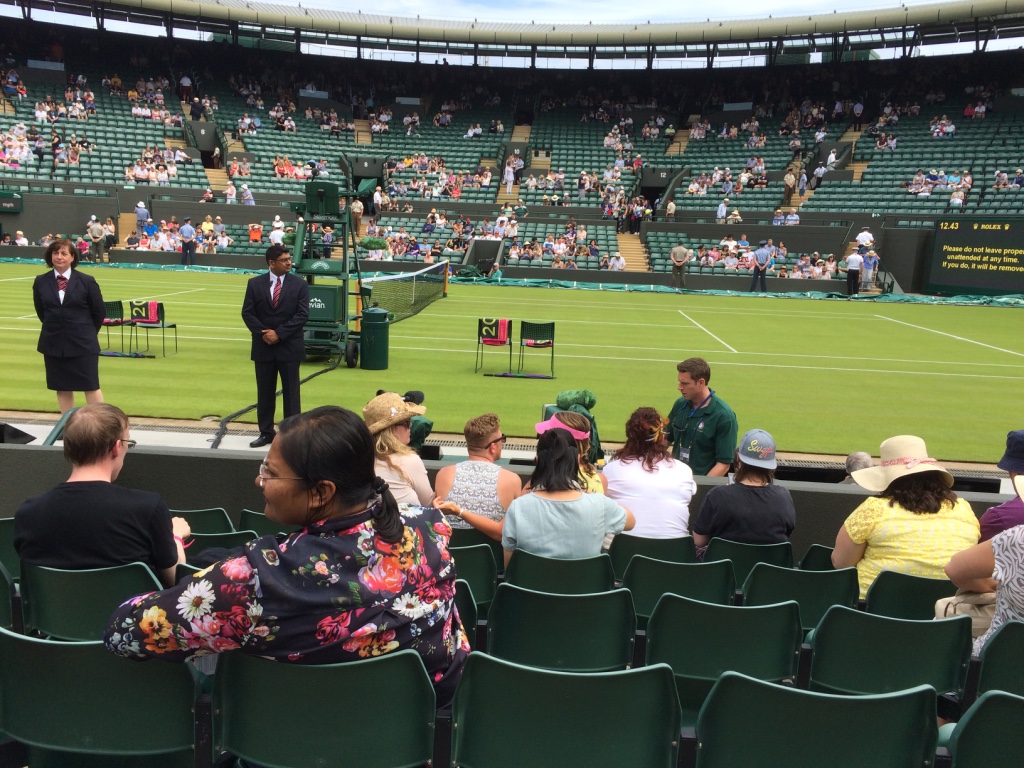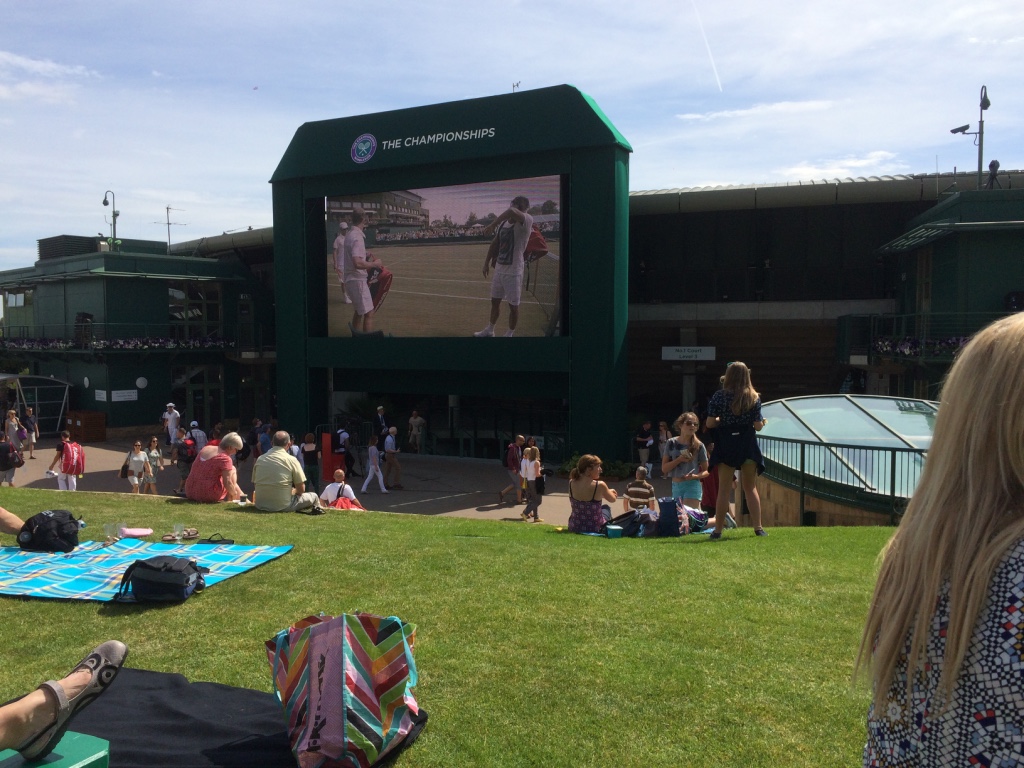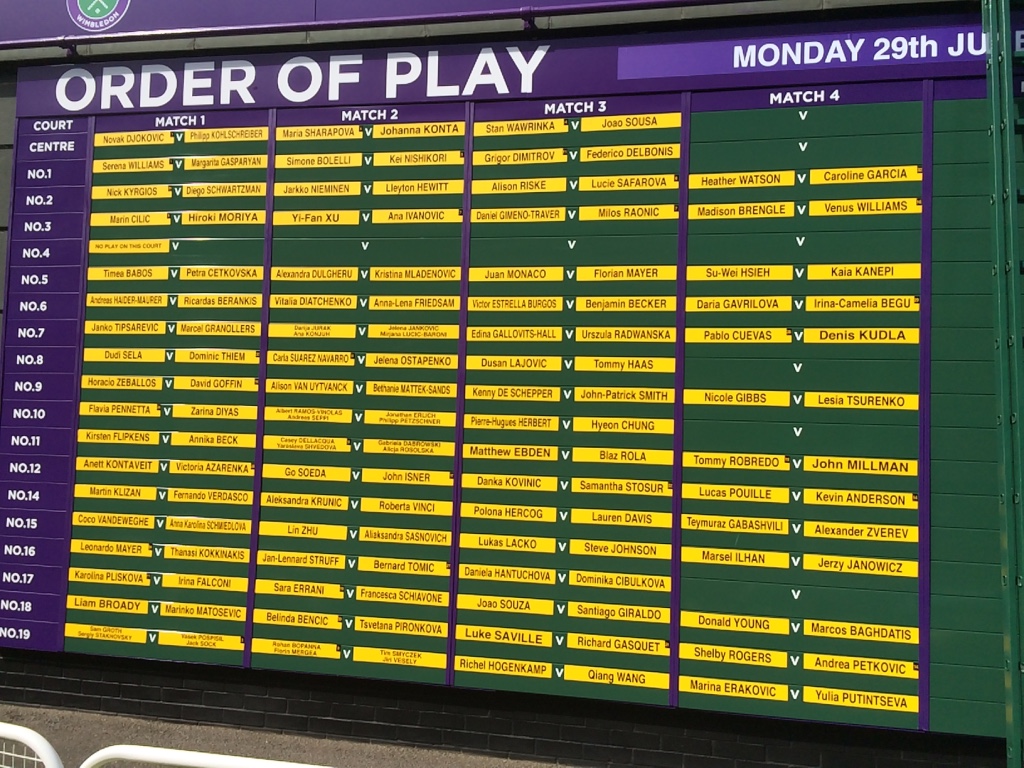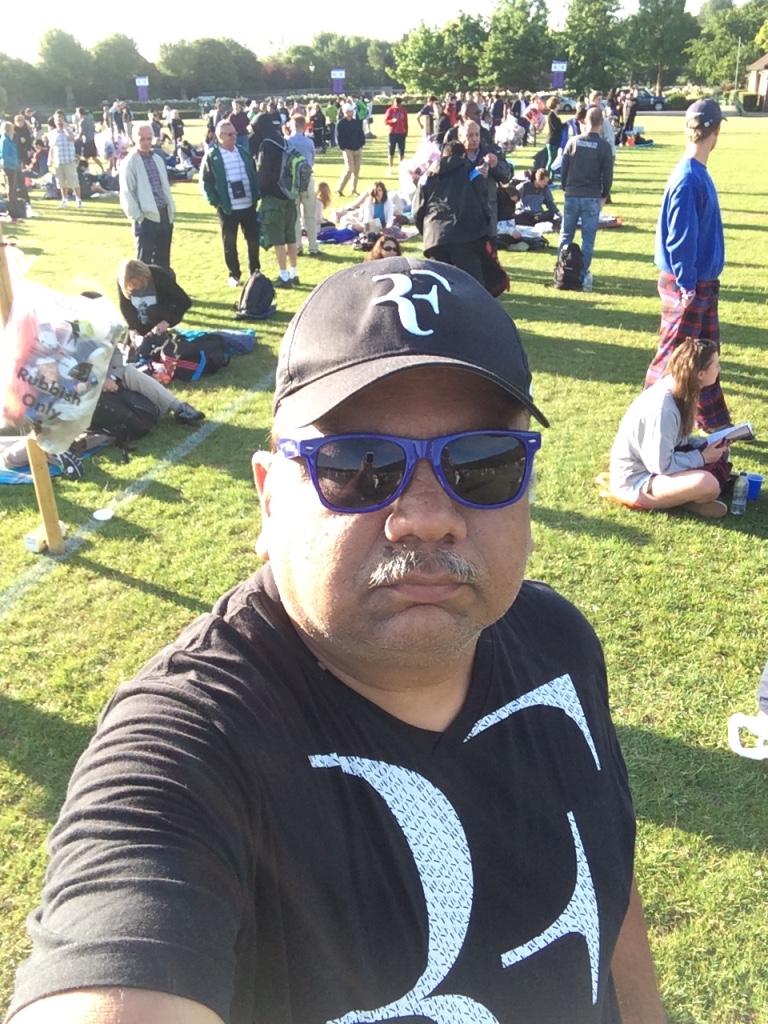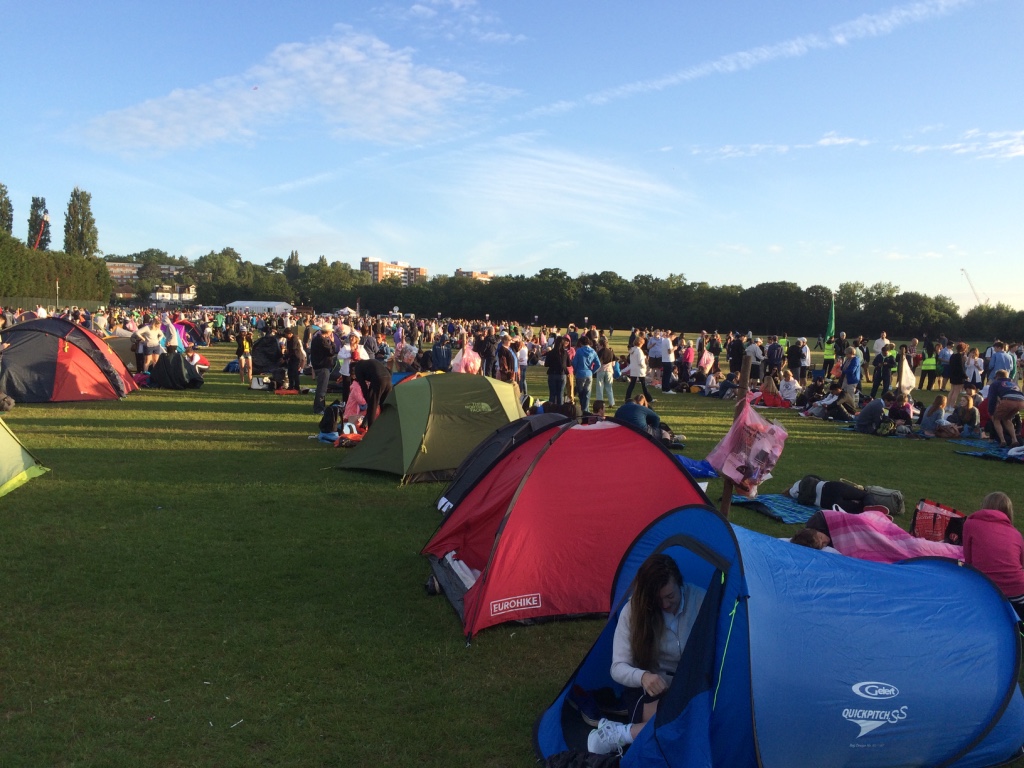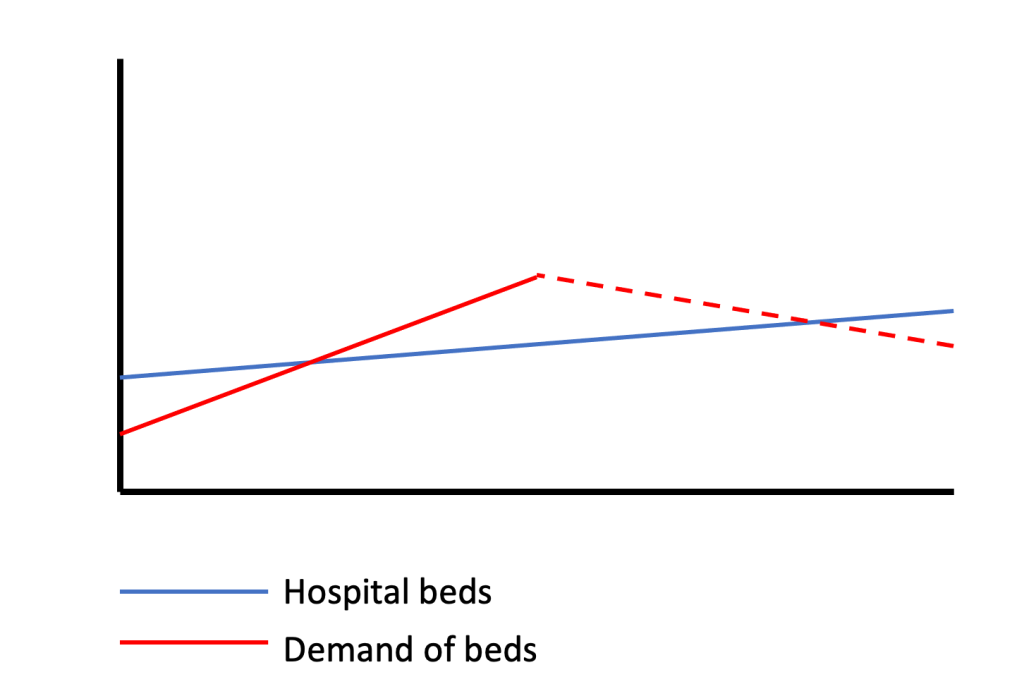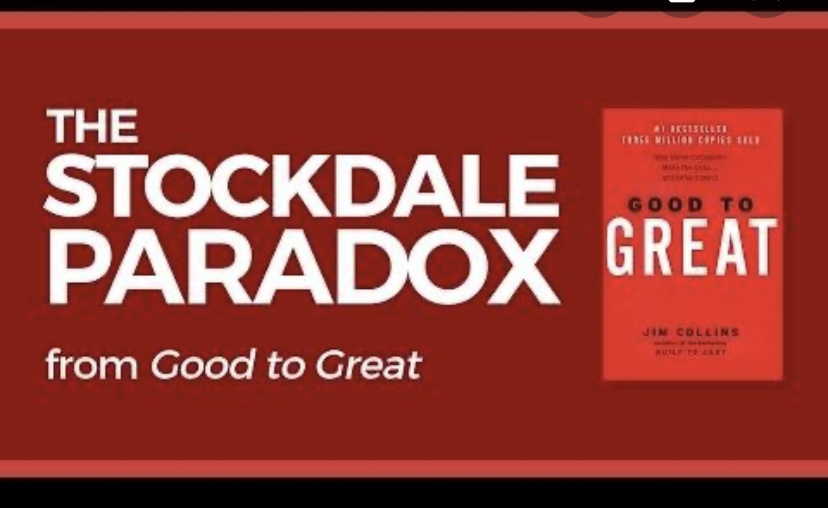
There are a few wish lists that I have had over time. Like I am sure, all of us do.
One of those was to be able to go and watch tennis action at the Wimbledon Championships. I had the good fortune to accomplish this wish, a few years ago.
One other wish was to be able to attend the annual shareholders meeting of Berkshire Hathaway and see Warren Buffett and Charlie Munger in person, over the day-long event that happens in Omaha, Nebraska, in the US.
Few years back, I booked the hotel and had worked on the shareholder badges for the event also, and I was all set to go. However, Covid hit, and I could certainly not travel, but moreover, the event itself was cancelled that year.
Then last year, again, I had booked the hotel and had also worked on the shareholder badges that get you entry. But I met with an accident that led to some health issues, and I was stuck at home for a few months, and was advised to not travel. And I could not make it last year as well.
Meanwhile towards the end of the last year, the 99-years old Charlie Munger passed. He made a fantastic pair with Warren Buffett, at Berkshire Hathaway, but also, he was the more colourful of the two, when it came to his quotable quotes, his humour, his candid and quick responses, and he was very popular at these annual events. So, I felt bad that I could not make it while he was around and a part of these annual programs. I felt a stronger urgency to go now, as Buffett is also not getting any younger, at 93 years of age, and moreover, there are already very conscious moves happening in the Berkshire organization, where management and leadership are being transitioned to others, beyond Warren Buffett. Before Buffett completely transitions out of the company, and especially reduces his participation at the annual shareholders’ meetings, I reckoned that I needed to make a trip and fulfil my long pending wish. And which is how, I found myself headed to this event, often referred to as the Woodstock of Capitalism!

And I summarize my experience at the event, in this article.
The Back Story
Over the years, as I went from dark black to grey hair (!!), I have experimented with many styles and modes of investing. Winning some, losing many, I did not find a true calling when it comes to a framework for investments. Till I got to the idea of value investing. Reading a few books, following some people who were into value investing, listening to many podcasts on the subject, somewhere I found a certain conviction in this approach. And as one follows the value investing trail, it inevitably leads you to Benjamin Graham and Warren Buffett. Which is how, I ended up consuming a fair bit of Buffett speak, and consequentially, Charlie Munger speak as well.
I know many other investors who have probably consumed all of the published materials by these two or who are far more disciplined than I am, on the value investing approach. But I am reasonably focused on this style, and which is how, I have been fascinated to this annual event in Omaha, when Buffett and Munger engage the shareholders in a day-long session of talks and Q&A.
As regards what Value Investing is, my simple understanding around this, is to be able to identify high quality businesses, trying to ascertain the business’s intrinsic value, and when you get an opportunity to purchase shares of the business below this intrinsic value (for whatever reasons – this is where it shows that the market – or Mr. Market as Benjamin Graham used to refer to it – is not perfect and is often swayed by different reasons, including some short term events or emotions etc.), pick up these shares and generally hold these for long, as the stock price will move towards and perhaps better than intrinsic value, in time, and which is that difference that you get in terms of your profit on the purchase.
There are other elements to this value investing idea, especially from where Buffett’s philosophy (and that of many other value investors’) comes, and which include:
- Thinking of this purchase of shares not just as an investment, but as becoming an “owner” of the business and having a long-term view on it,
- Which means, it is not just about making profits and exiting, but letting the compounding of growth benefit you, over many years,
- Which also puts the onus of the initial selection to purchase to be very critical; the identifying of such opportunities, evaluating them from all aspects, with an idea of potentially hold the shares “forever”. Which might lead you to make very few purchases, but those being significant in size and length of time.
I am still very much a work-in-progress when it comes to implementation of these principles of investment, but nonetheless, an exposure to the Berkshire Hathaway annual meeting would provide the right inspiration on this path, and which got me planning to attend the event.
Preparation to Attend
So, first of all, what does it take to attend the annual Berkshire Hathaway shareholders meeting?
- It is held on a date announced well ahead of time, in Omaha in Nebraska. For example, the date for the 2025 event is Saturday May 3, 2025, and is already announced, nearly a year in advance. Omaha is one of the smaller cities of the USA located bang in the middle of the country, with not a whole lot of other attractions nearby, beyond this event. With the limited infrastructure in terms of hotels etc., as a large number of people descend on the city for this event, good hotels do tend to fill up soon, and rooms get expensive. So, the first thing to do if you intend to go, is to work out a tentative schedule of travel and book the hotel or Airbnb etc.
- While entry to the event is free, it is restricted to shareholders and their friends/ family. You could choose to purchase a share and become a shareholder and ask for passes for yourself, or you can find a friend who owns a Berkshire Hathaway share and ask the friend to get the passes, which you can use. Just for information, the Berkshire Hathaway original Class A stock (BRK.A) is mighty high priced, at around USD 600,000 a piece!! Yes, you read it right. 600K for one share! The stock has not seen any stock split and all the value of the business has continued to be retained and captured into the stock price! However, there IS a mini-Berkshire or a Berkshire Hathaway Class B stock that they created a few years back, and which runs at around USD 400 each, and which may be more accessible and affordable, if you wish to purchase one and look for shareholder passes. Shareholder passes are available, even on the Class B shares, and each shareholder can ask for and get up to 4 passes, so 4 persons can attend the event. While you need to figure out and purchase a share if you wish to go that route, or find a friend who is a shareholder and who is willing to arrange passes for you, the actual request for the passes can usually be done only about a month or so, ahead of the event.
- Planning the travel: The event usually happens on a Saturday and starts early morning on that day. So, you need to plan to reach at least a day ahead of time. Omaha is a mid-sized city and is not super well-connected to the rest of the US, in terms of number of direct flights from various other larger cities. Hence, you need to plan the travels in advance. While the actual meeting starts on the Saturday morning and gets over the same evening, there are some related events that happen on the previous day (some even a few days ahead), and it may be useful to reach say, on Thursday, or at least on the Friday morning, prior to the event. You can then look up and try to attend some other investor meets that happen, or even try and catch up with some other investors who arrive for the meeting. It is a good atmosphere to seep in, on the day before. Many also pay a visit to the humble abode of Warren Buffett on that previous day. There is a large expo of investee companies of Berkshire Hathaway that happens along with the meet, and which is also open the previous day on Friday. One can take time to move around the expo, also on Friday.

My Visit – seeping in the surround sound in Omaha
I flew into Omaha from San Francisco. I took the red eye flight on Thursday night and got into Omaha on Friday morning. Not the most convenient of schedules, taking the red eye flight, that too one that had a stopover in Denver, but somehow, as I viewed my options, this one was the best, in the sense that it gave me most of Friday in Omaha, before the meet on Saturday.
I was fortunate to have a friend of mine from the SF Bay Area, Jawahar ‘Joe’ Samagond joining me on this trip, so we travelled together from SFO.

One of the investor events that I had heard about, was a talk by Mohnish Pabrai, which was happening on Friday morning, at the University of Nebraska campus in Omaha. Mohnish has been very close to Buffett and Munger, runs his own and extremely successful investment business, and has been known to have completely cloned the Buffett model, getting enormous success while doing so. He is a well-known and highly respected speaker. His event on Friday was shown to have been “sold out” (in the sense that the registrations were not open anymore – it was a free event otherwise), but thanks to the suggestion from Vishal Khandelwal (Safal Niveshak), I decided to go and take my chances. Travelling to this event, straight from the airport, we reached just in time, and had the pleasure of listening to Pabrai’s thoughts and also enjoy a lively Q&A that he held there.


We also went to the event centre and spent some time at the expo. It was so mighty impressive to see the many successful brands and businesses, which are part of Berkshire’s investments, and who had taken booths in the expo, e.g. Geico, Netjets, See’s Candies, Brooks, Duracell, Bose, Dairy Queen, Pilot, Borsheims and so many others. One can only marvel at Buffett’s acumen to have identified and picked these businesses very early and seen enormous growth via these businesses. Several of these were selling their products as well as merchandise for the 2024 event and one just could not resist from picking up some stuff. In fact, See’s Candies is one of the busiest booths at the expo and is estimated to sell more than 10 tons of their product, over the 2 days!

We drove around Omaha, meeting an investor at a beautiful country club there, paying our respects at the very modest Buffett home and hitting the Old Market area of Omaha, to hang out for some drinks and food. We met up another group of investors there.

All in all, Omaha appeared to be a nice, decent sized city of middle America, with very decent people (as represented by the many Uber drivers we connected to, as well as the staff at restaurants etc that we met), a nice countryside, the mighty Missouri river running by the city.
The BIG Day!
Saturday morning, the day of the event, there is expected to be a long queue outside the centre, to get in. We had our passes and were ready, but we still needed to get there early and stand in queue, so we get good seats once we get in. We were to Uber it and had made a reservation for the Uber as well. However, the Uber app warned us that due to high traffic that day, the cab could come in late. Knowing that, we were exploring other options. Thankfully, the other investor group we had met on Friday evening, and who were also from the Bay Area, had rented a car. They were three of them, and they could accommodate two additional pax in me and my friend, Jawahar. So, when they offered to come pick us up, early morning on Saturday, we accepted their generous offer. It was important to have reliability, than to keep waiting for an Uber that could be running late. Moreover, the city of Omaha is fundamentally quite small. Most times, your ride from almost any point A to point B in the city would be no more than 15-20 min at most. Which is why we were okay to have those investor friends come and pick us up from our hotel.


Once we got to the event location at around 6.15 am, the CHI Health Centre, we saw long queues already there. Gates open at around 7 am. With rains the previous night, there was a slight chill in the air, and we bore up that cold, as we waited for 7 am to happen, and we go in.
The pro-Palestine, anti-Israel protests that have been happening at different US campuses, also reached this venue. Considering a huge gathering of capitalism, of wealth, of investments that are made in very large amounts by people at the event, it was an appropriate event for these protestors to be seen. They were not present in very large numbers, but their message was heard loud and clear, as they had a captive audience of people waiting in long queues, while the message was being broadcast!

Finally, by the time we were allowed in, there were perhaps a few thousand people already ahead of us. So, our expectations of getting really good seats were lost. However, thanks to the experience of the investor group with whom we had gone, they recommended that we sit in a location that faced the stage, and which way, we would not have to turn sideways to see the speakers. So, we settled into our seats across from the stage. The venue seemed like a basketball or ice hockey stadium otherwise, from the looks of it.
There was a draft of cold air coming from somewhere and that kept us cold most of the day, even inside the arena.
The arena was packed with people. All waiting for the big man to arrive and begin proceedings.


The event went on from around 8.30 to 3 pm, post which there was some more formal proceedings of the AGM that we did not attend. There was just the small lunch break in between. But it was truly creditable to see Warren Buffett sit through the entire proceedings, without needing a break.
At our end, even as we were waiting in the audience, we needed to step out for the bio breaks, and occasional snacks etc. That said, would wonder about Warren Buffett, as to how he manages to sit there for these long hours, talking, answering one question after another, on a wide range of topics, and at his age of 93!

The people inside were a mixed bag. A large proportion were, Caucasian Americans, perhaps from ages of 20 to 80, and leaning to an average of around 55 or so, by my rough estimate. Most of them seemed like people who had been invested in Berkshire for many years and would have made good money on that stock itself, besides learning new things, from these events that they might have attended for many years. Yes, many of the folks looked like the kind who come year after year. But beyond this most common demography, there was a mixed bag – a lot of people of Asian origin, both Indian as well as Chinese / Singaporean / Thai / Korean / Japanese etc. Of these, maybe 80% were people of these origins but now based in the US, whereas the other 20% were those who had traveled to the event from their home countries (like me). There were few much younger folks too, including some kids, brought to the event by their parents, to get inspired, maybe! Unlike corporate events of this kind, where people hang out outside of the halls, networking and talking to each other, most people attending this event, were at their seats almost all day, listening with attention, to the proceedings.
While morning breakfast in terms of coffee, water bottles and some muffins / doughnuts etc was provided free to all, lunch boxes were sold for a small price, as was other snacks and beverages.
Other than the long queue to get inside, in the morning, for everything else, be it food or toilets, there were smaller and faster moving queues. In that respect, the event was quite well managed.
The Content – what I took away from the day’s proceedings.
To begin with, there was a reinforcement of the fundamental principles of value investing, expressed in direct and indirect ways, through the day. That made for good reinforcement that my investment framework to a good extent, was in alignment with the ideas that are shared by Buffett and Berkshire!
Beyond that, some highlights for me:
- An amazing tribute for Charlie Munger. As was only expected in this, the first AGM after his death, and where he would not be present! A good film covering his background, how Buffett and Munger met, how they got along brilliantly well, how they made a fantastic pair, how they almost never disagreed, some clips of Munger from these annual meetings of the past, some appearances of Munger in popular shows of the times like The Office, Desperate Housewives, etc. There was a recorded tribute for Munger from Buffett, which was a part of the film, but later, in response to a question in the Q&A, there was some more interesting and little more emotional sharing that Buffett did, about Munger. It does seemed to me that I had missed an opportunity to listen to Munger, having not come to this event, while he was around!

- Berkshire puts great people in charge of businesses, and then lets them be. By and large. This also aligns with their culture to stay invested in businesses for long, long time, tending to “forever”. The underlying thought being that once you have identified a good person or a good business, trust them and give them the reins and empowerment and let them run. In spite of occasional challenges that they may face, they would generally be able to turn things around.
- Businesses like their railroads business or the energy business have not been doing so good in recent times. In response to questions, there was no contesting this fundamental issue. That showed total transparency that they have with their shareholders. And yet, there was no question of exiting the businesses or anything. They fully expect the respective team that manages those businesses to figure their way out and bring the businesses back to good shape.
- That they cared totally for their shareholders, who were constantly described as “owners” by Buffett was also seen from Buffett’s comments on how they don’t bother about meeting analysts etc. as other public companies do. They’d rather present to this group of shareholders and talk to them than go and answer questions of analysts!
- There was a question on how the data analytics aspect of Geico had not made the necessary progress and was sub-par for the industry. Ajit Jain, who heads the insurance businesses, didn’t offer the smallest defense on this. He admitted that they were lagging and said that they had now got good people and were working to catch up with the industry levels. That said, Buffett did add that their positioning on Geico is to provide the best rates for insurance to their customers, and they have kept costs low, and which still brings the customers coming back to their business.

- From Buffett and coincidentally, also from Mohnish Pabrai on the previous day, I heard how they accepted when things were outside their circle of competence. And they were clear that if things were outside their areas of interest or competence, they would not want to offer any serious viewpoint as they would not know better. And moreover, how, due to that gap, they would not invest in those areas for sure. When Pabrai for example, was asked about opportunities in China, he had this to say. And likewise, when Buffett was asked about AI, or some other geographies, he had the same to say.
- In fact, when asked about certain geographies, Buffett said clearly that those places could have great opportunities, but they (Berkshire) didn’t have any differentiated advantage in terms of knowledge or connections there, that could make a difference. And as against that, they understand the US very well, and there is ample opportunity here. So, they would continue to have their focus largely on the US. It was good learning – a) to accept when you don’t have the competence, and b) not to get dragged along in some market momentum, to invest in areas where you lack that competence!
- When later however, someone asked a pointed question about India, Buffett did not quite brush that away in the same way that he had done about other areas where he lacked competence. Here, while he confirmed that he did not have the required skills and competence for India, he acknowledged that India could indeed be a great big opportunity for them. Earlier, they have established a good presence in Japan, and India could be another of those kinds. However, he said that this needed a lot more energy than what he had to offer at the moment, and he would leave that to the next management at Berkshire Hathaway to consider and take up.

- As could only be expected, there was a question on Gen AI. To which his views were very clear: a) that he did not understand Gen AI much, and he’d rather not answer the question, b) that it was like a genie that was out of the bottle now, much like nuclear weapons earlier. And that, while there are possible advantages, there are a lot of risks and dangers as well. But it is too late now, since the genie is out anyway and c) that he had experienced a deep fake video of his, which was AI generated, and he realized the huge dangers of the medium.
- On the other hand, in response to a question on AI and is likely impact on their insurance businesses, he again started by saying that he does not have the competence to respond much, but also added that he has full faith in the management teams at his insurance businesses, to understand and utilize AI as best as they could. This was again a strong reaffirmation of the trust in the team.
- There was a lot of discussion around succession at Berkshire Hathaway and transition. On the insurance business, there was confirmation and emphasis that Ajit Jain is the best you can have. In fact, Buffett acknowledged how their insurance business (which had owned for long) really took off after Ajit joined in 1985. But then the next worry was about Ajit Jain himself. If he is so good, what is something happened to him! And which is where Ajit also elaborated how he has regular interactions with the Board, about succession after him, should say, “a truck hit him suddenly” some day. It was amazing to hear that, as also how Buffett ensured a good transition to Ajit Jain, from the time he was anointed to take over and manage the insurance business.
- In much the same way, there was discussion around how Greg Abel, the new CEO is managing the entire business – including the energy, railroad etc businesses that they own, as well as the investments that they make in other companies. For anyone concerned about someone new coming on board, in place of Charlie or later, Buffett, there was clarity given that Greg will manage it all, and they had full trust in Greg doing a good job. Also how, Greg at 61, had many years ahead of him, and is well suited for the role.

- There was mention in passing, across the many questions that were asked and replied to, about fundamentals that they live by, such as staying invested in a company for long, how Coca Cola and American Express have been good long term holdings, about See’s Candies and the margins they earn, about their Apple bet that happened when they saw the right opportunity to enter and how it might be their biggest holding at the end of this year, and of course, about the benefits of compounding!
- Buffett said that he still reads a lot, though not as fast as the used to do earlier. This was one of the few points where he indicated that he may be slowing down. I am not sure if this happened in earlier years too, or was this some emotional context to not having Munger with him anymore? I would not know that. But two of the most poignant moments for me, by Buffett, were:
- When early in the day, after completing his response to a question, and turned towards Greg to add more, but ended up saying, “Charlie.. ?” as if to cue his long-term partner Charlie Munger in fact!

- And towards the end as he was thanking all those who were present and as would be a normal thing to say, he added that he looked forward to having everyone here next year as well. But quickly added, “provided I am there next year..”. Again, the crowd went wild! Was this in jest, or are there any plans afoot for him to finally retire, or whatever, we are not sure.
All in all, it was excellent interaction on the Q&A across a variety of topics, all of which were answered with complete openness and clarity.
That covers my summary of the Omaha experience – the Woodstock of capitalism, my financial pilgrimage!
Would I go again? I am not sure. Definitely a great experience and many keep visiting year after year. Will I be one of those? We will see..
Would I purchase Berkshire Hathaway stock after this? Again, I am not sure. While I appreciate the principles of their business, and also see the amazing growth the stock has had, I would not impulsively say yes. Because that will go against the value investing principles, which demand study and understanding, before making a commitment!
Will I continue to improve my diligence towards value investing as a framework for my investments? Hell, yes!

